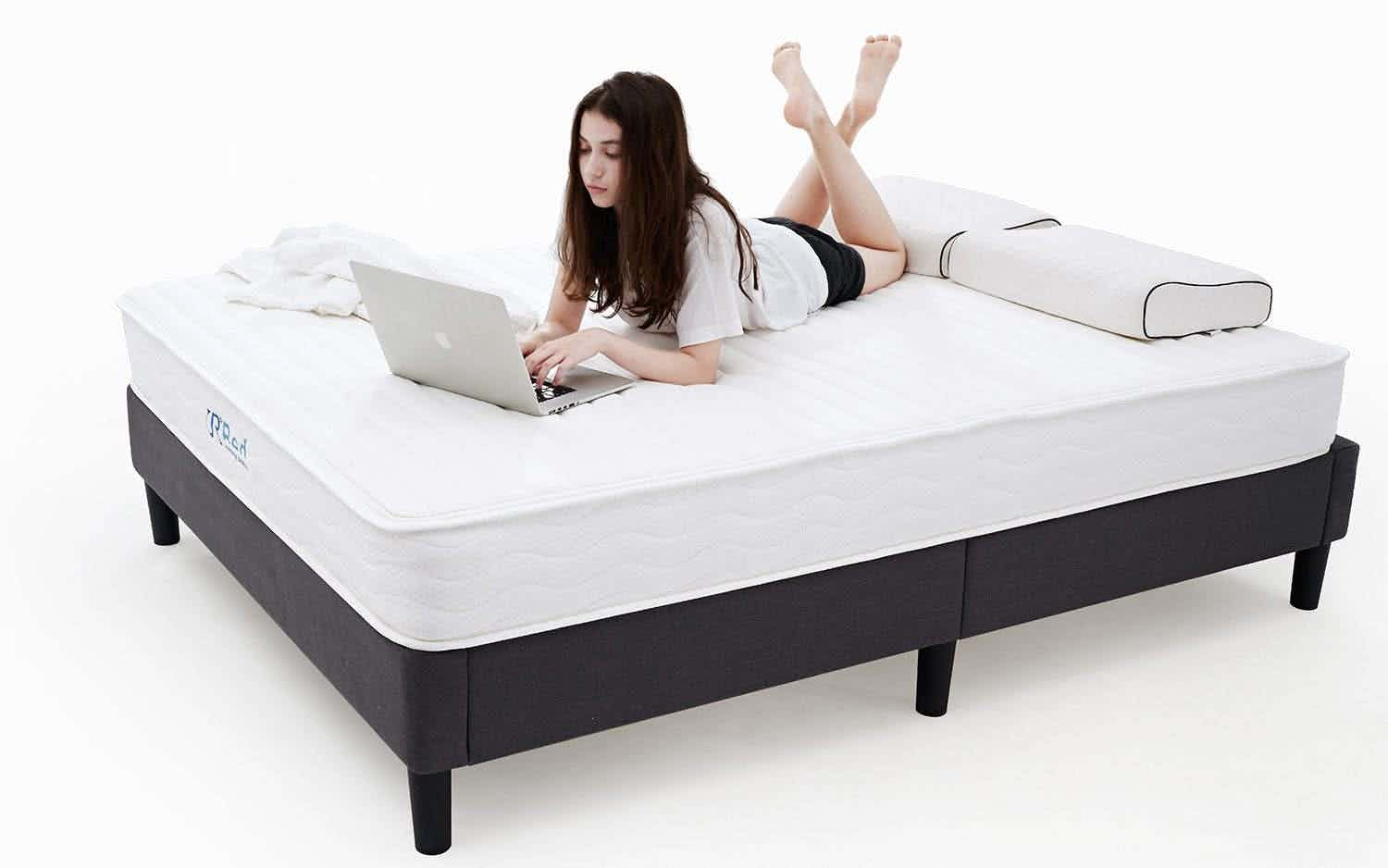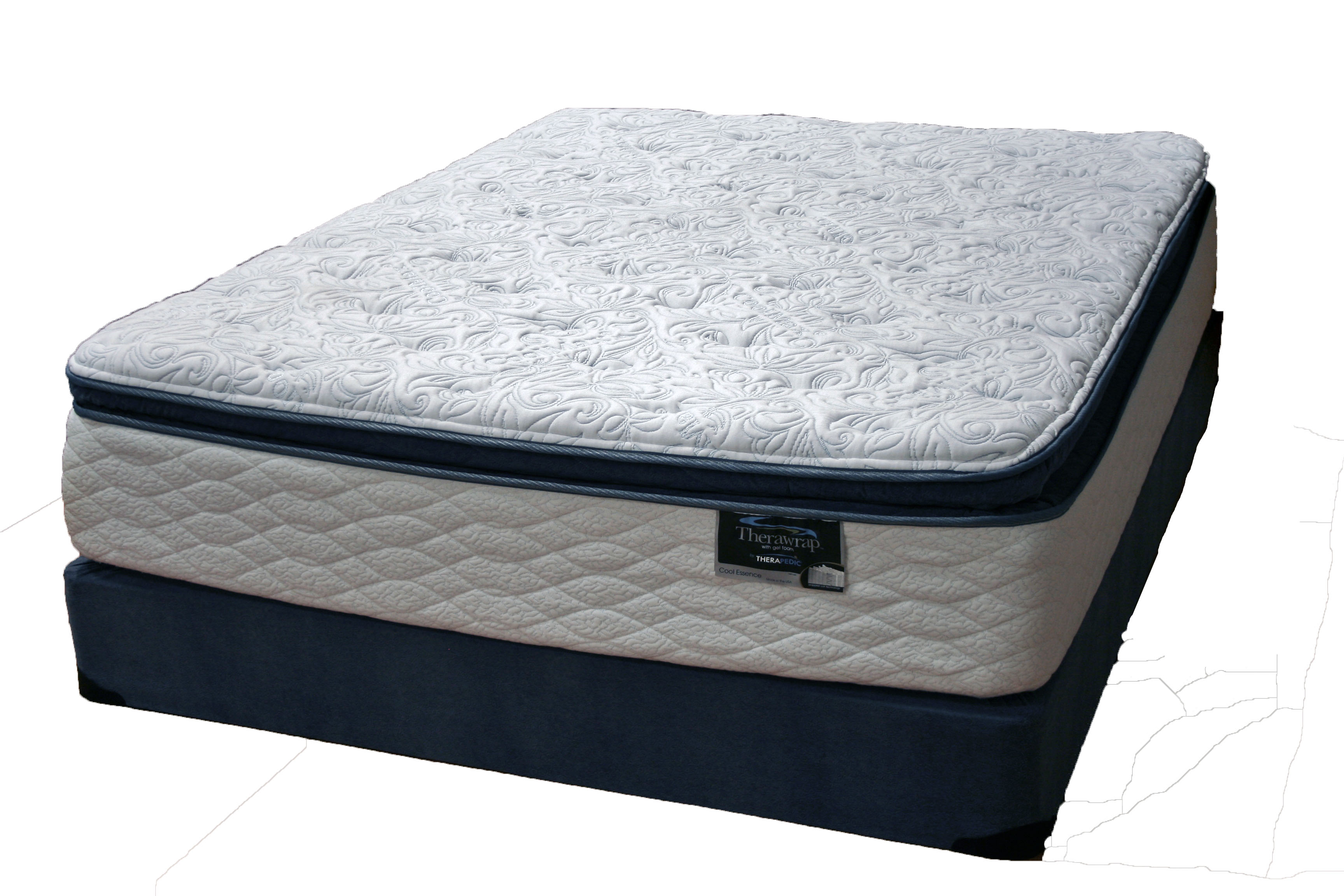When designing a functional and efficient kitchen, the first and most important step is to consider the layout. The layout of your kitchen will determine how well it functions and how easy it is to navigate while cooking. The most common kitchen layouts include the L-shaped, U-shaped, and galley. Each layout has its own advantages and it's important to choose one that suits your needs and space.1. Kitchen Layout Design
One of the biggest challenges in any kitchen is storage. To create a functional kitchen, it's essential to have efficient storage solutions that maximize space and make it easy to access all your kitchen essentials. This could include installing pull-out shelves, adding drawer dividers, or utilizing wall space for hanging pots and pans. Organizing your kitchen items in an efficient manner will not only make cooking easier but also save time and frustration.2. Efficient Kitchen Storage Solutions
There are several design principles that can help you create a functional kitchen. One of the most important is the "work triangle" which refers to the distance between the stove, sink, and refrigerator. The ideal distance between these three areas should be no more than 26 feet to ensure efficiency. Another principle is to keep the most frequently used items in easily accessible areas, such as storing pots and pans near the stove or placing frequently used utensils in a utensil holder on the countertop.3. Functional Kitchen Design Principles
The kitchen work triangle is a key factor in designing a functional and efficient kitchen. This concept ensures that the three main work areas - cooking, cleaning, and storing food - are in close proximity to each other, making it easier to move around and complete tasks. To optimize your kitchen work triangle, consider the placement of your appliances, storage, and prep areas.4. Kitchen Work Triangle
In today's world, it's important to consider energy efficiency when designing a kitchen. Not only does using energy-efficient appliances help reduce your carbon footprint, but it can also save you money on your utility bills. Look for appliances with the ENERGY STAR label to ensure they meet energy efficiency standards. Additionally, opt for appliances with smaller footprints to save space in your kitchen.5. Energy-Efficient Kitchen Appliances
In addition to efficient storage solutions, there are many other ways to organize your kitchen for maximum functionality. Consider using drawer organizers to keep utensils and small items in place, using a lazy Susan in corner cabinets, and installing pull-out trash and recycling bins. These small changes can make a big difference in how well your kitchen functions.6. Smart Kitchen Organization Ideas
A kitchen island is a great addition to any kitchen, as it provides extra counter space, storage, and seating. When designing a kitchen island, consider its functionality. Will it primarily be used for prep space or as a dining area? Will it have built-in storage or a sink? By considering these factors, you can ensure that your kitchen island adds to the efficiency of your kitchen.7. Designing a Kitchen Island for Functionality
In a small kitchen, counter space is limited and it's important to make the most of it. Consider using vertical space by installing shelves or hanging storage options. You can also invest in multipurpose appliances, such as a toaster oven that can also function as a small oven or air fryer. Additionally, keep your counters clutter-free to make cooking and food prep easier.8. Maximizing Counter Space in a Small Kitchen
Kitchen cabinets not only provide storage space but also contribute to the overall design of your kitchen. When choosing cabinets, consider their functionality. Will you need extra deep cabinets for storing large pots and pans? Would pull-out shelves be more convenient for accessing items? Carefully planning your cabinet layout will ensure that your kitchen is both efficient and aesthetically pleasing.9. Choosing the Right Kitchen Cabinets for Efficiency
Natural light can make a huge difference in the functionality of a kitchen. It not only creates a welcoming and bright atmosphere but also reduces the need for artificial lighting. When designing your kitchen, consider incorporating windows, skylights, or glass doors to bring in natural light. This will not only make your kitchen more efficient but also save on energy costs. In conclusion, designing a functional and efficient kitchen requires careful consideration of the layout, storage solutions, design principles, and use of natural light. By incorporating these key elements, you can create a kitchen that not only looks great but also makes cooking and food prep a breeze. With these tips, you can turn your kitchen into a space that is both functional and enjoyable to use.10. Incorporating Natural Light in Kitchen Design
Design a Functional and Efficient Kitchen

Maximizing Space Usage
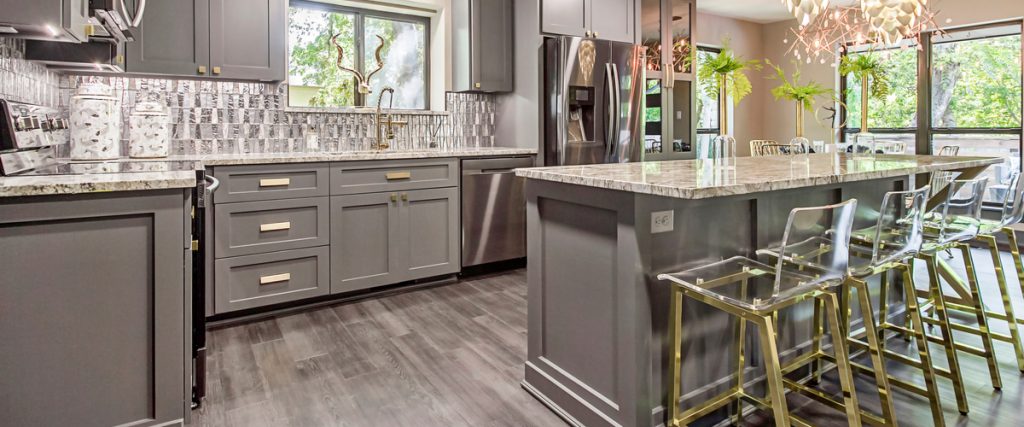 When designing a kitchen, it's important to consider the functionality and efficiency of the space. One of the key elements to achieving this is by maximizing the usage of available space. This can be achieved through clever and strategic storage solutions. Utilizing vertical space, such as incorporating tall cabinets or shelving units, can provide ample storage without taking up valuable floor space. Additionally, incorporating pull-out drawers or shelves in lower cabinets can make it easier to access items and keep the kitchen organized.
Efficient storage solutions
will not only make your kitchen more functional, but it will also create a more polished and streamlined look.
When designing a kitchen, it's important to consider the functionality and efficiency of the space. One of the key elements to achieving this is by maximizing the usage of available space. This can be achieved through clever and strategic storage solutions. Utilizing vertical space, such as incorporating tall cabinets or shelving units, can provide ample storage without taking up valuable floor space. Additionally, incorporating pull-out drawers or shelves in lower cabinets can make it easier to access items and keep the kitchen organized.
Efficient storage solutions
will not only make your kitchen more functional, but it will also create a more polished and streamlined look.
Proper Work Triangle
 Another important aspect of a functional and efficient kitchen is the layout. The work triangle, which consists of the refrigerator, sink, and stove, should be properly positioned to create an efficient flow in the kitchen.
Designing a kitchen with the work triangle in mind
will make meal preparation and cooking easier and more streamlined. Additionally, be mindful of the distance between each element in the work triangle – it should not be too close nor too far apart. This will ensure that you have enough space to move around and work comfortably.
Another important aspect of a functional and efficient kitchen is the layout. The work triangle, which consists of the refrigerator, sink, and stove, should be properly positioned to create an efficient flow in the kitchen.
Designing a kitchen with the work triangle in mind
will make meal preparation and cooking easier and more streamlined. Additionally, be mindful of the distance between each element in the work triangle – it should not be too close nor too far apart. This will ensure that you have enough space to move around and work comfortably.
Quality Appliances
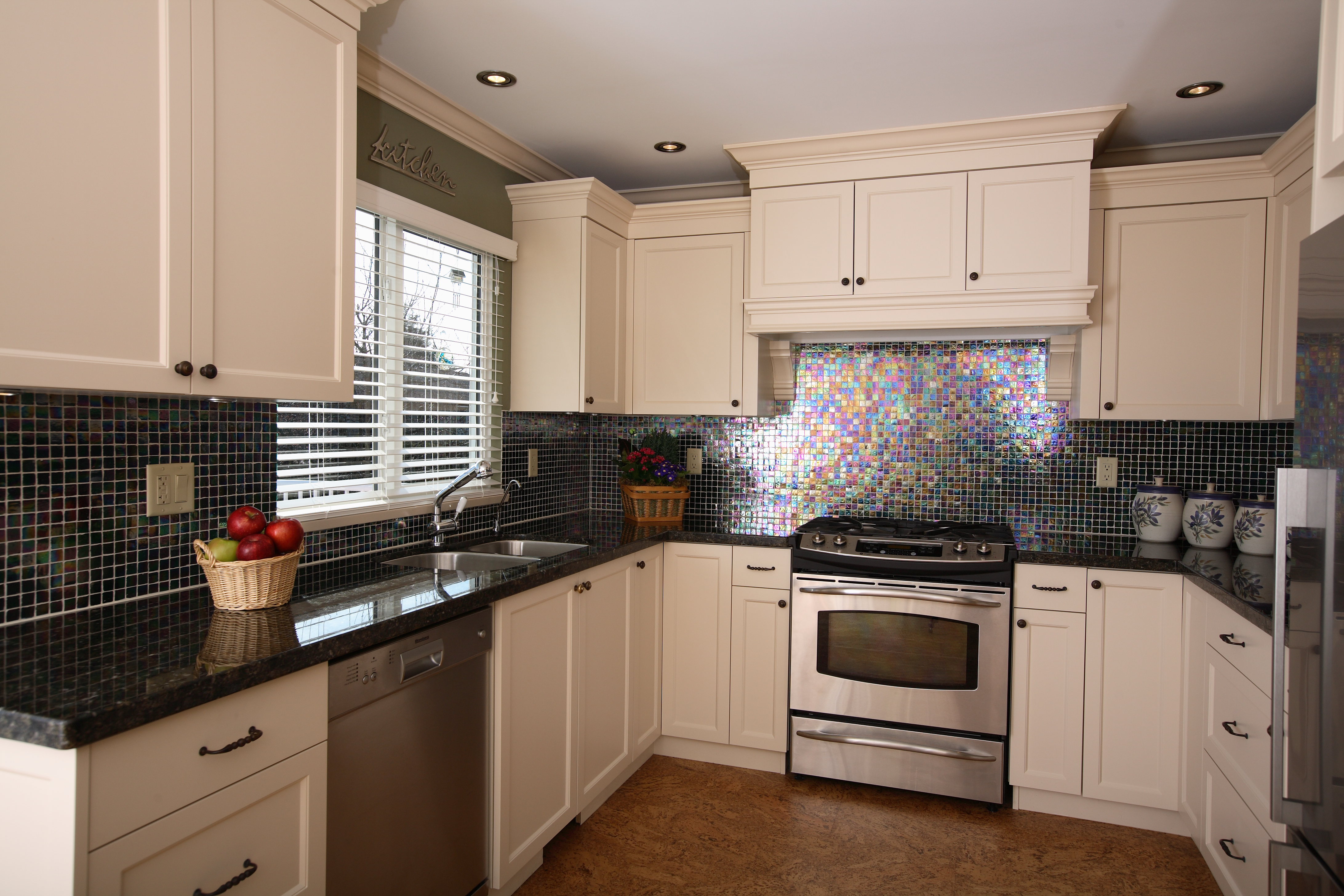 Investing in high-quality appliances is crucial when designing a functional and efficient kitchen. These appliances should not only be aesthetically pleasing but also have the necessary features to make cooking and cleaning tasks easier. Modern appliances with advanced technology can save time and energy, making your kitchen more efficient. When selecting appliances, consider your cooking habits and the size of your household to determine the best options for your kitchen.
In conclusion, designing a functional and efficient kitchen requires careful planning and consideration. By maximizing space usage, creating a proper work triangle, and investing in quality appliances, you can create a kitchen that is not only aesthetically pleasing but also highly functional. Remember to
incorporate your personal style
into the design to make the kitchen a welcoming and enjoyable space for you and your family. Follow these tips to create the perfect kitchen for your home.
Investing in high-quality appliances is crucial when designing a functional and efficient kitchen. These appliances should not only be aesthetically pleasing but also have the necessary features to make cooking and cleaning tasks easier. Modern appliances with advanced technology can save time and energy, making your kitchen more efficient. When selecting appliances, consider your cooking habits and the size of your household to determine the best options for your kitchen.
In conclusion, designing a functional and efficient kitchen requires careful planning and consideration. By maximizing space usage, creating a proper work triangle, and investing in quality appliances, you can create a kitchen that is not only aesthetically pleasing but also highly functional. Remember to
incorporate your personal style
into the design to make the kitchen a welcoming and enjoyable space for you and your family. Follow these tips to create the perfect kitchen for your home.



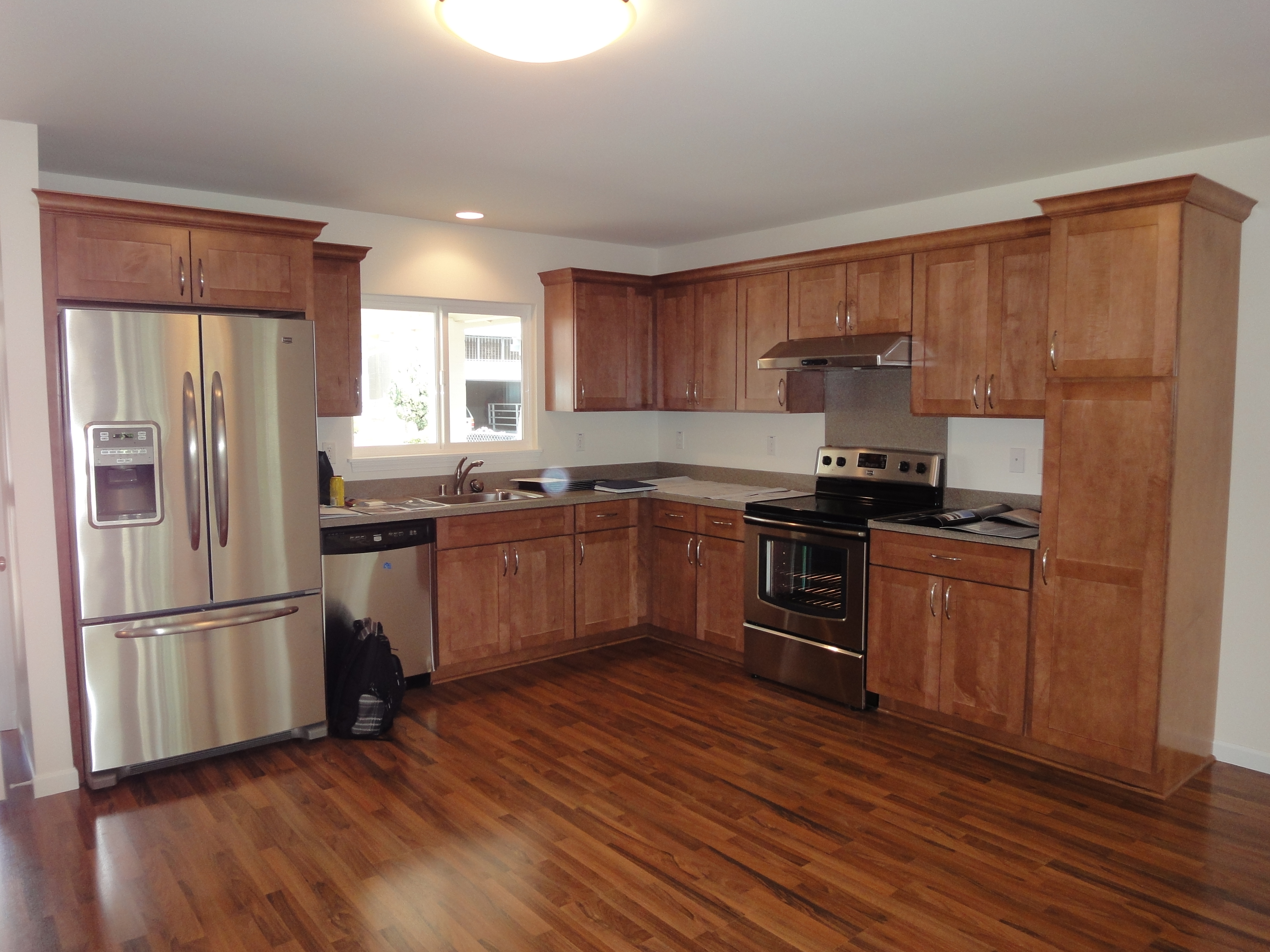
/One-Wall-Kitchen-Layout-126159482-58a47cae3df78c4758772bbc.jpg)


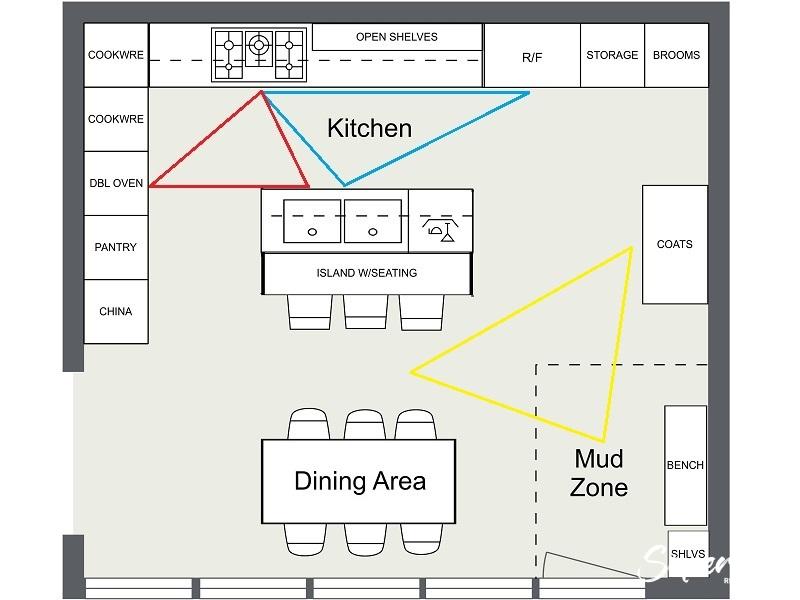
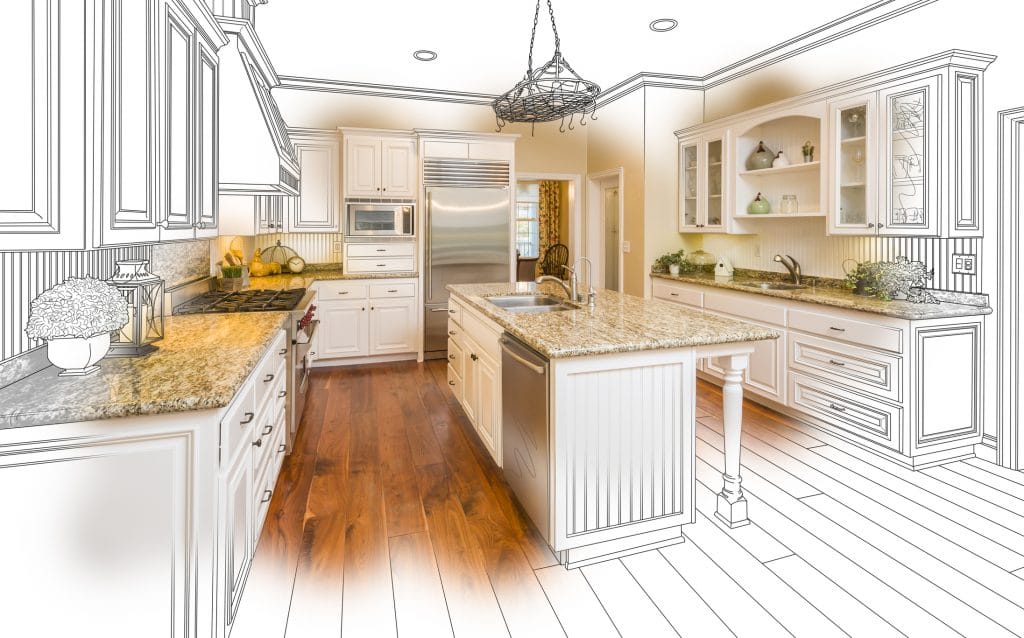
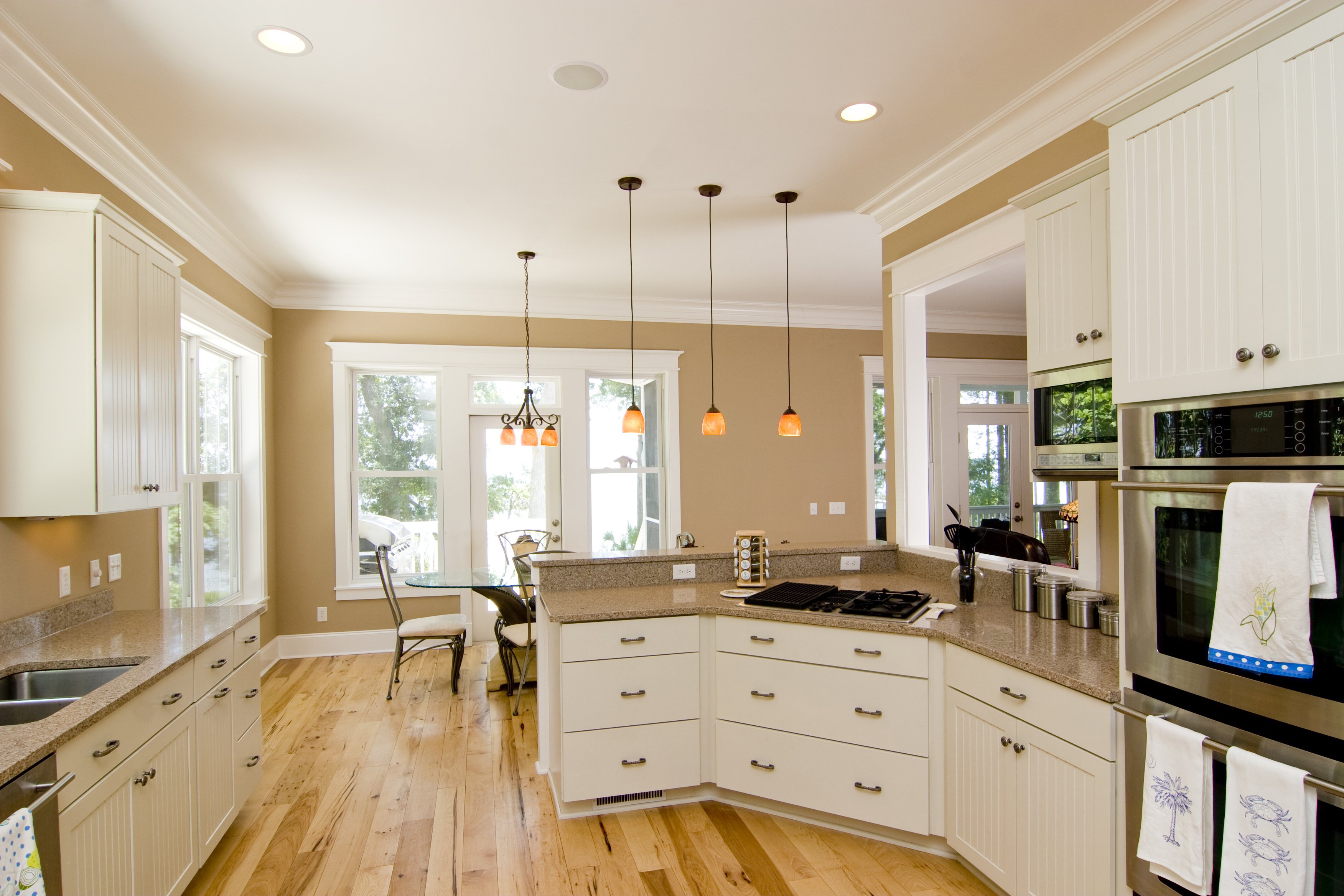
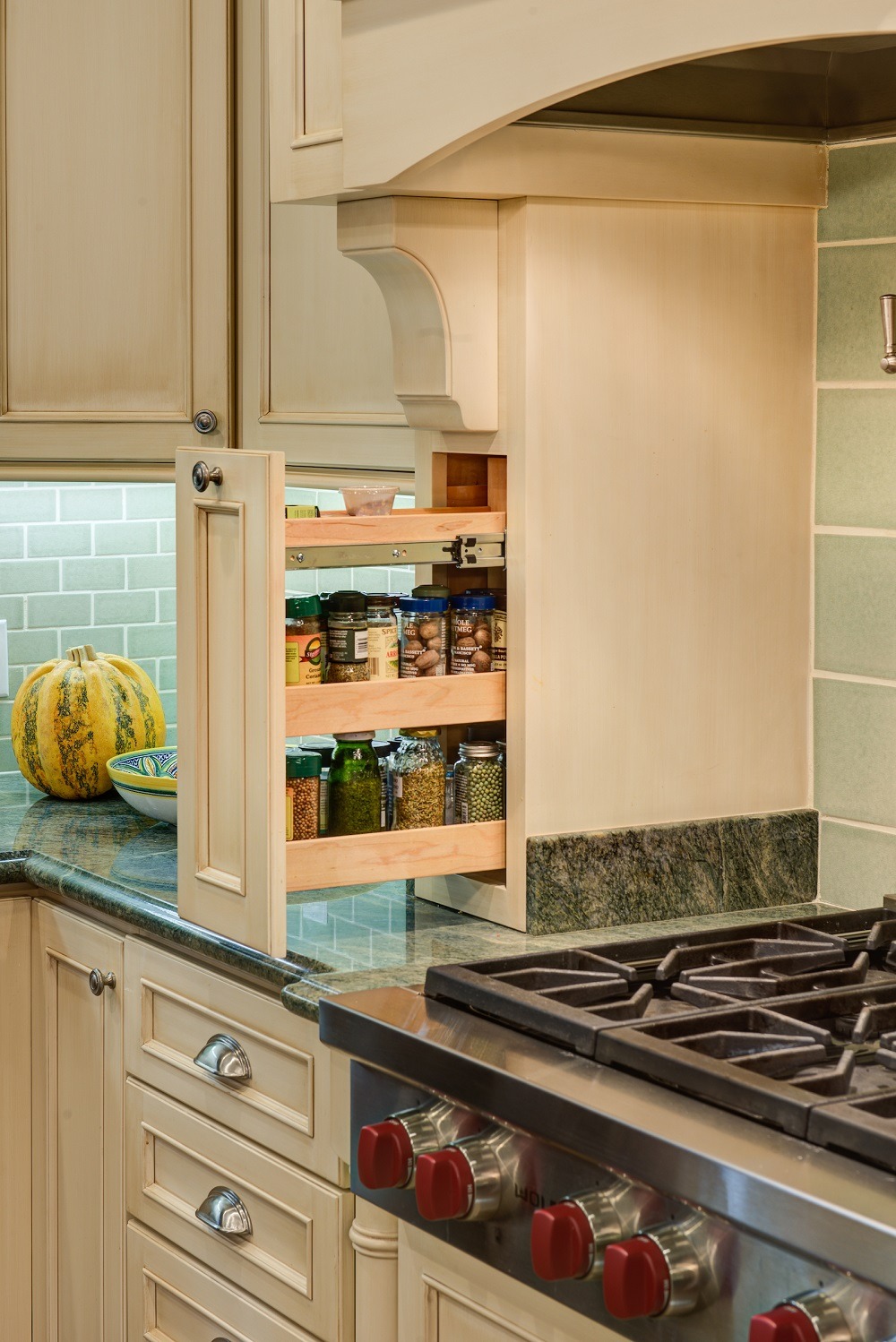
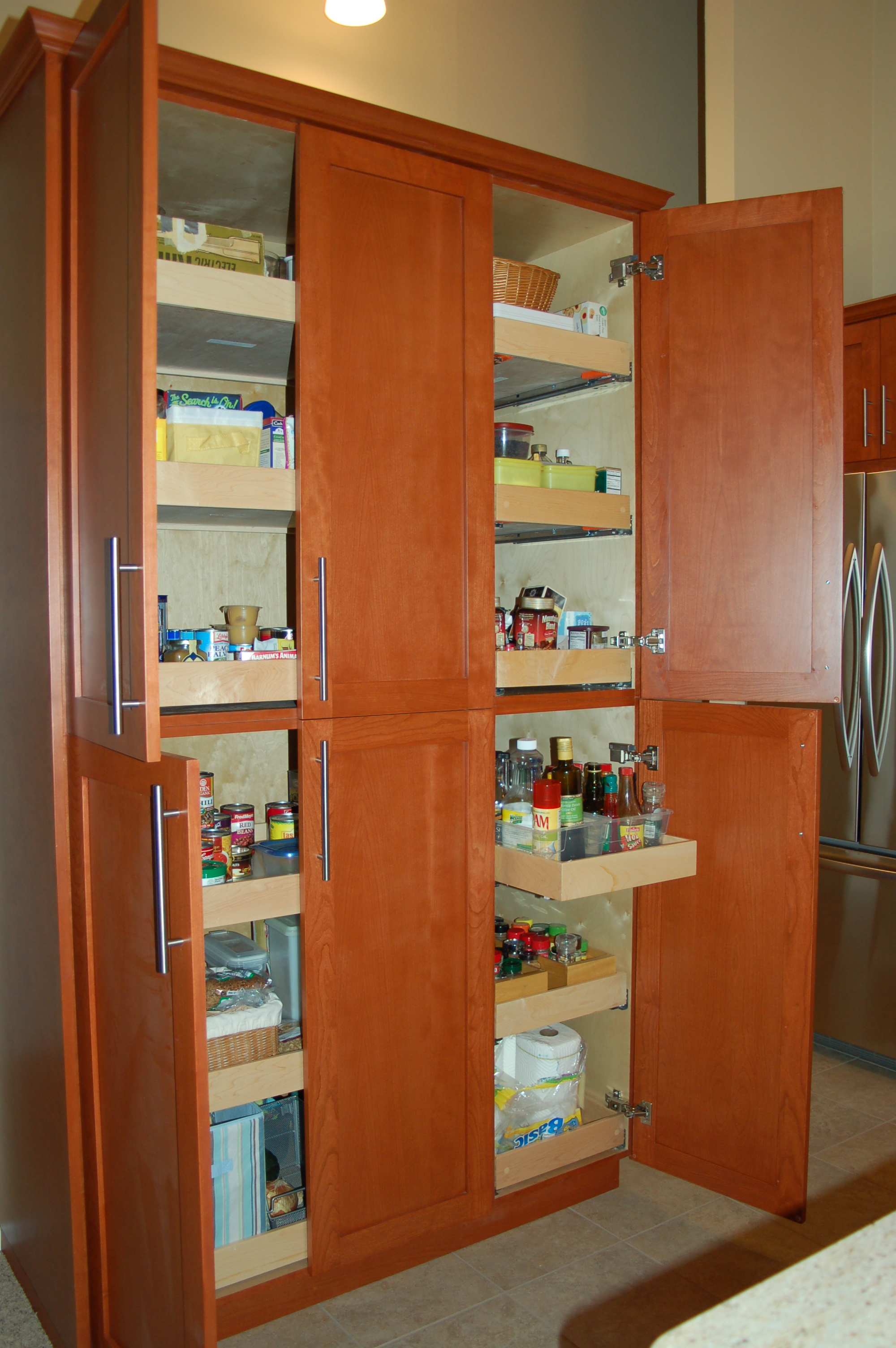










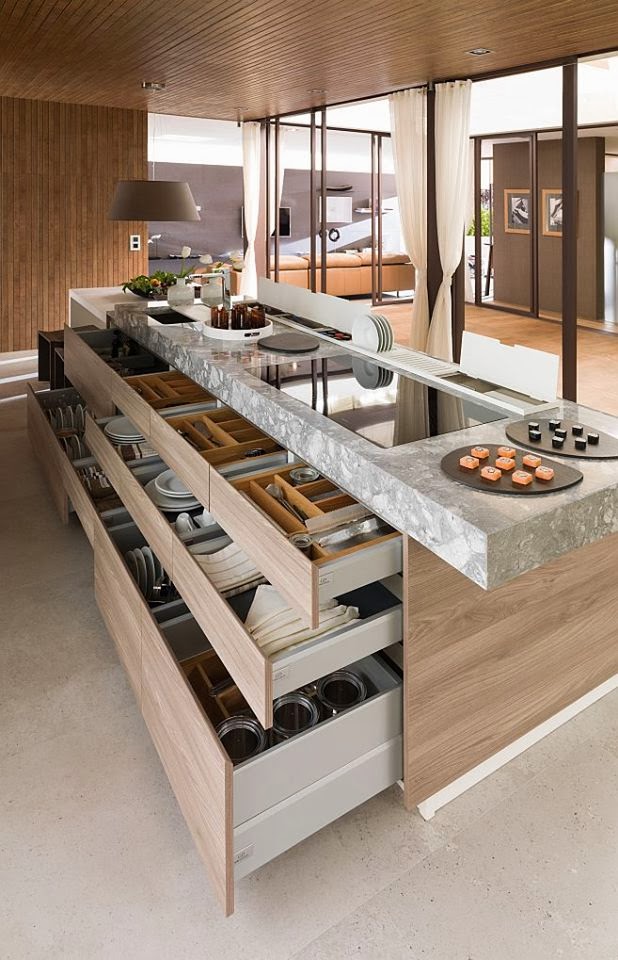




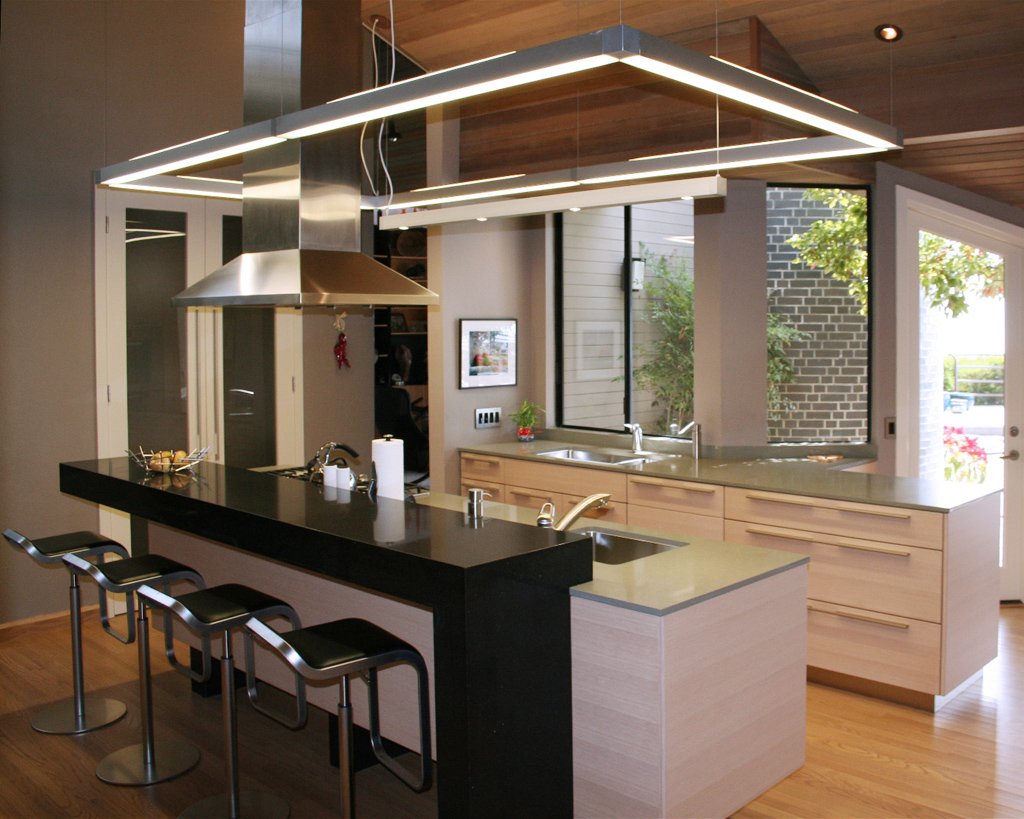
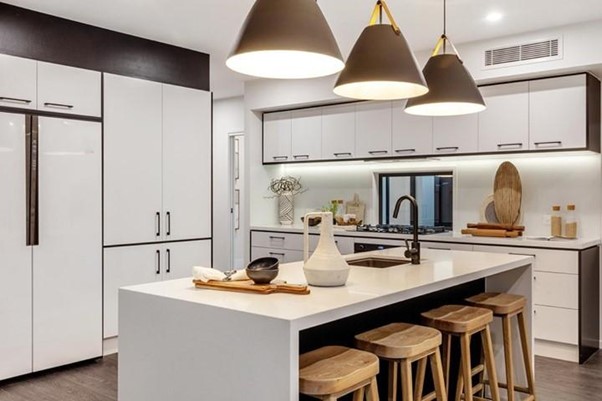
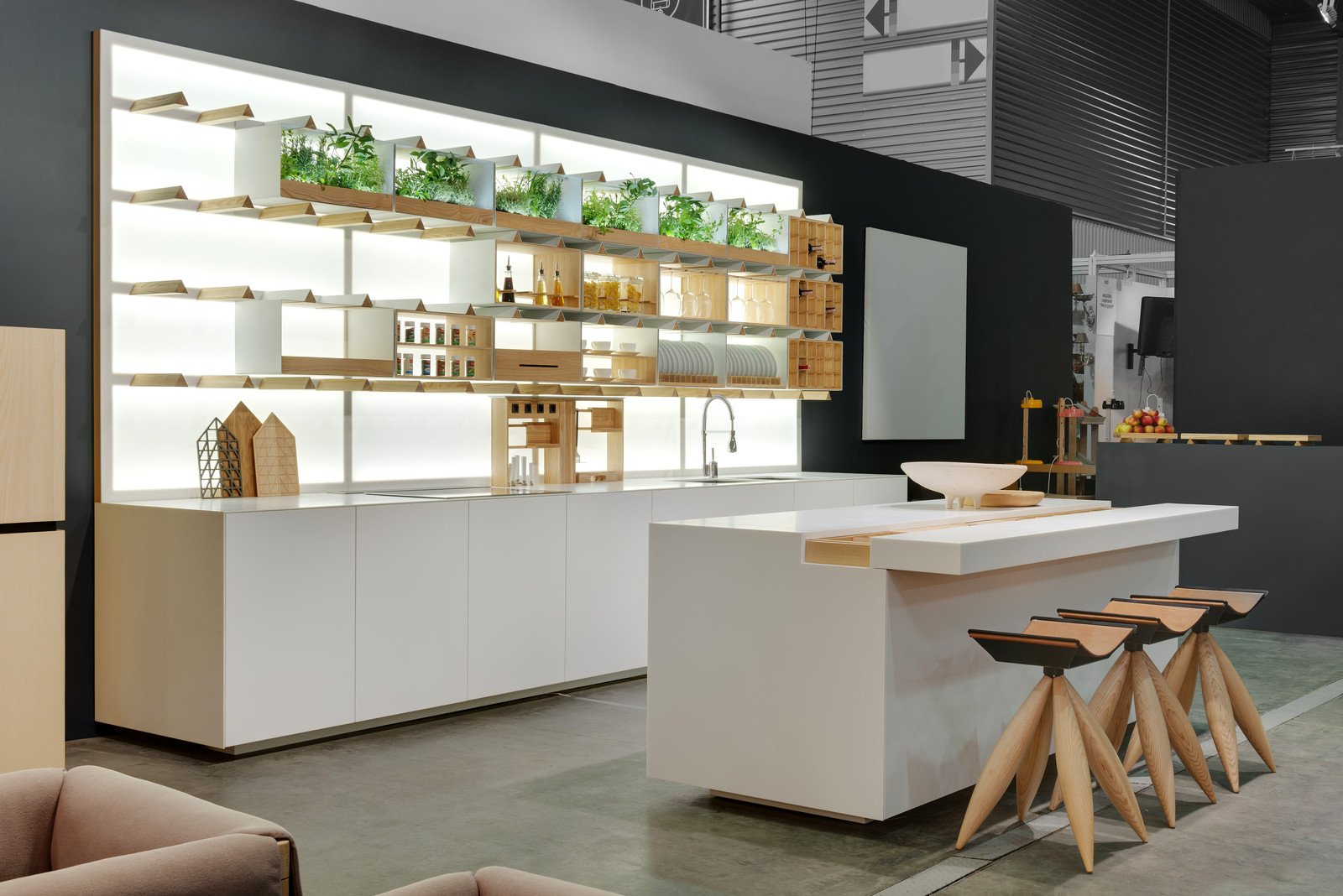

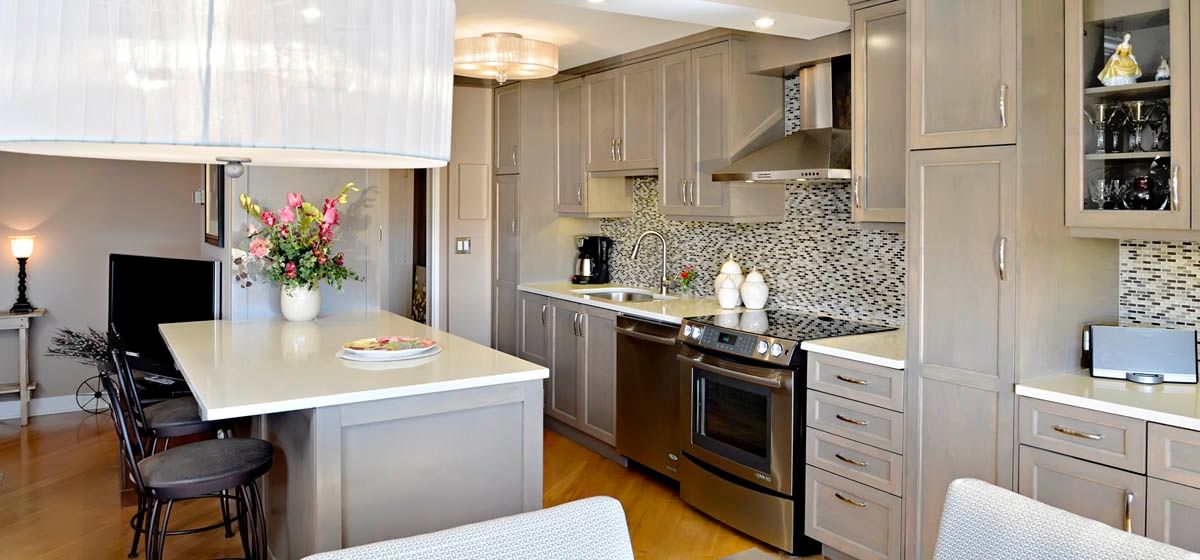

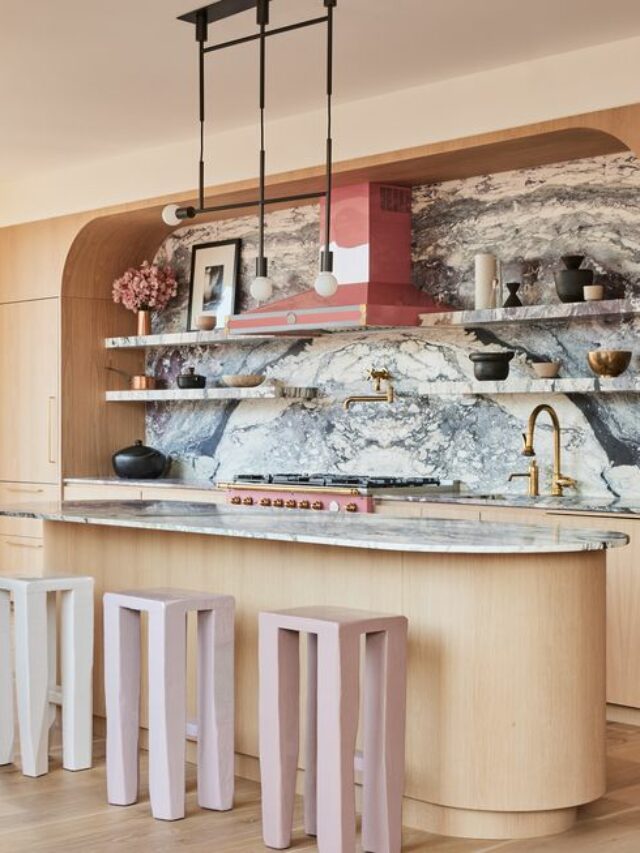
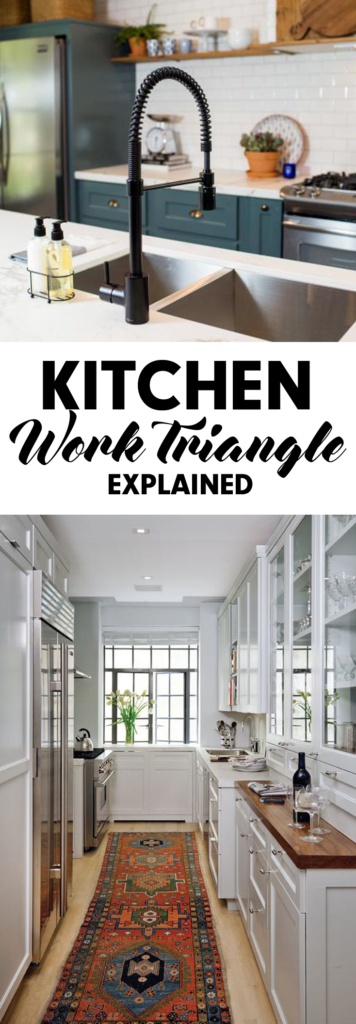
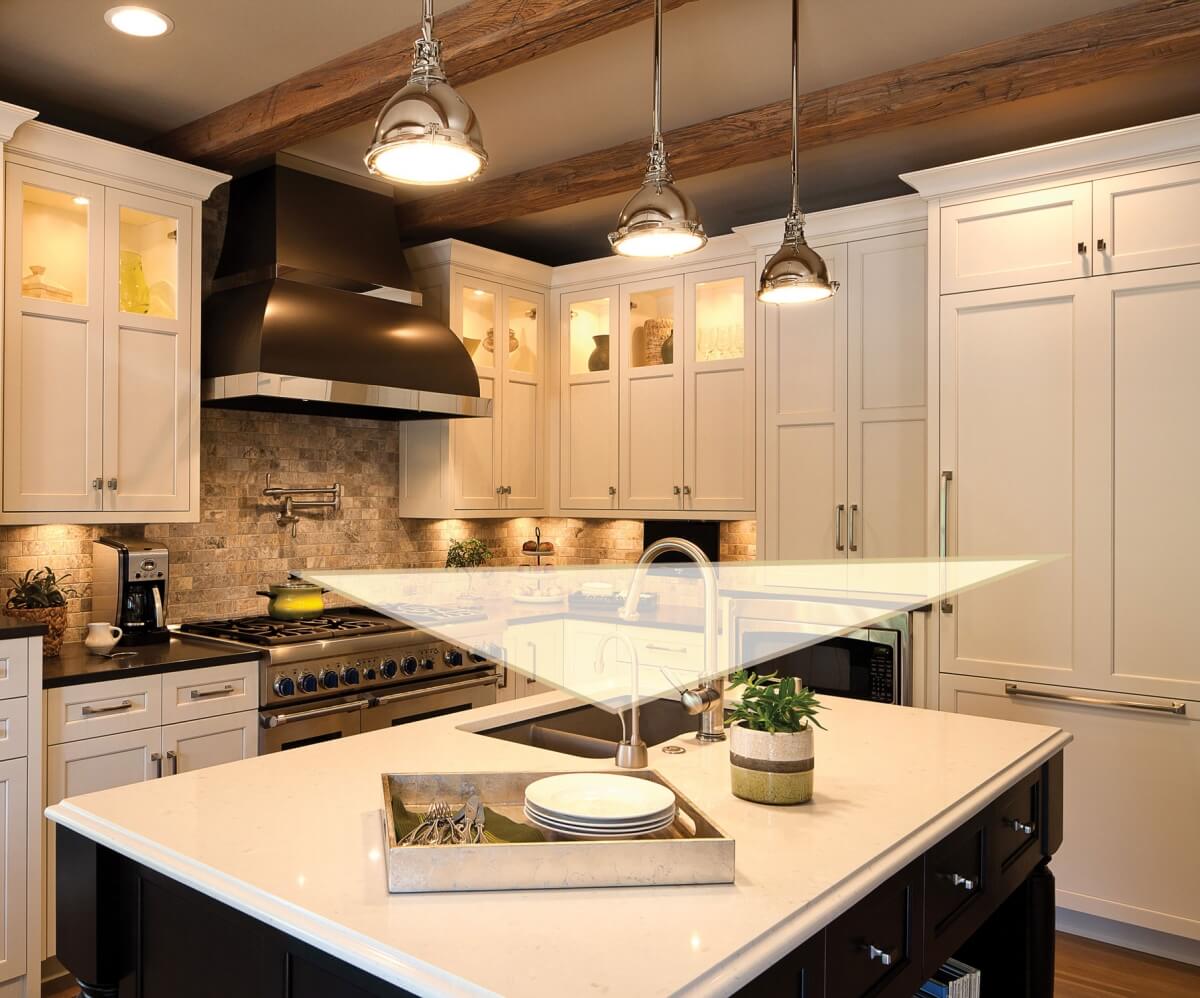
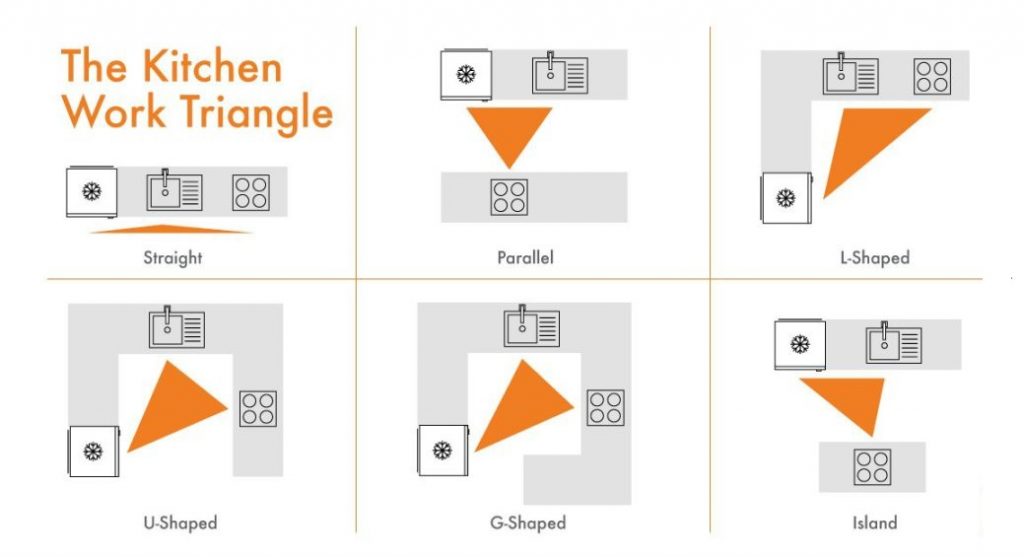
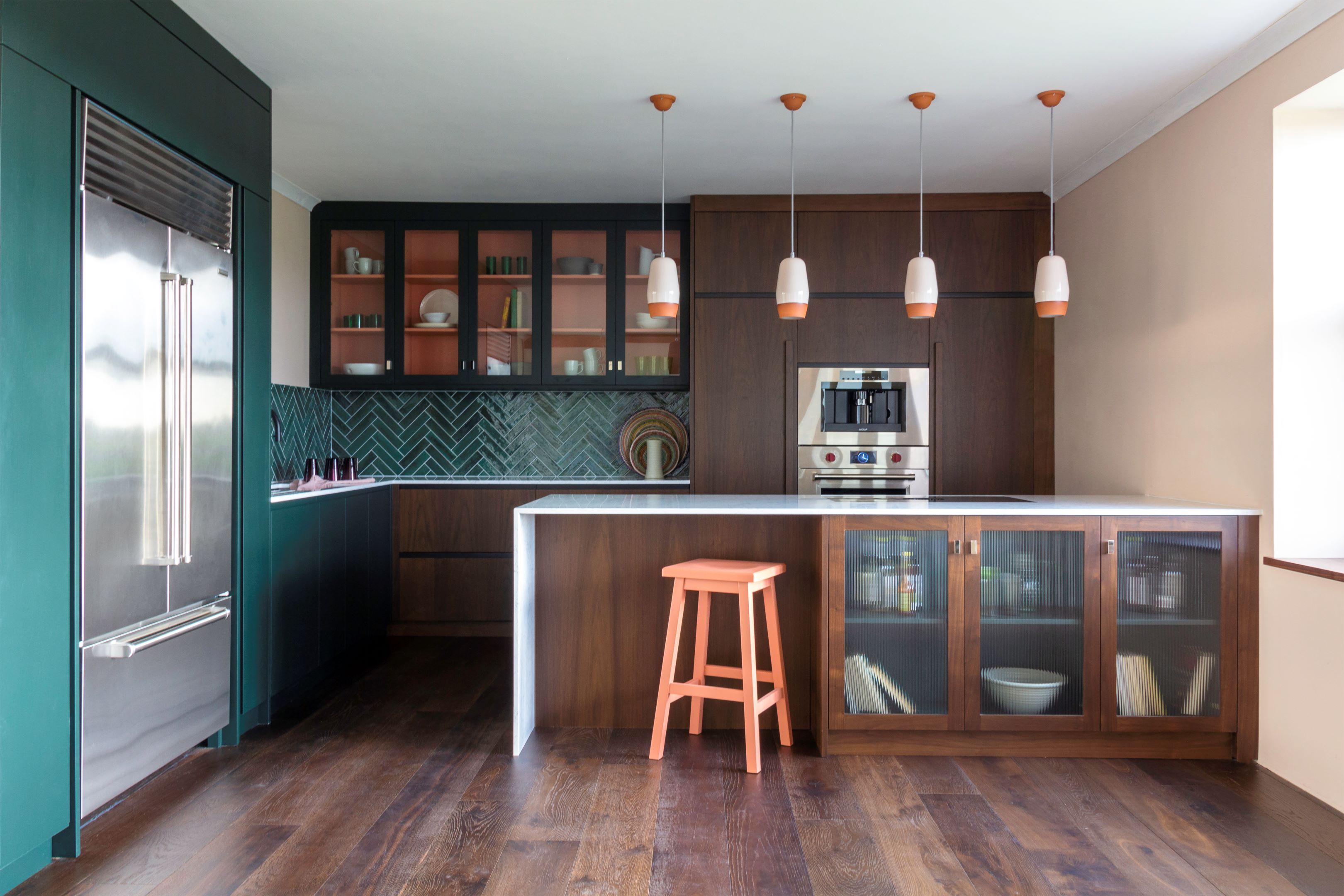

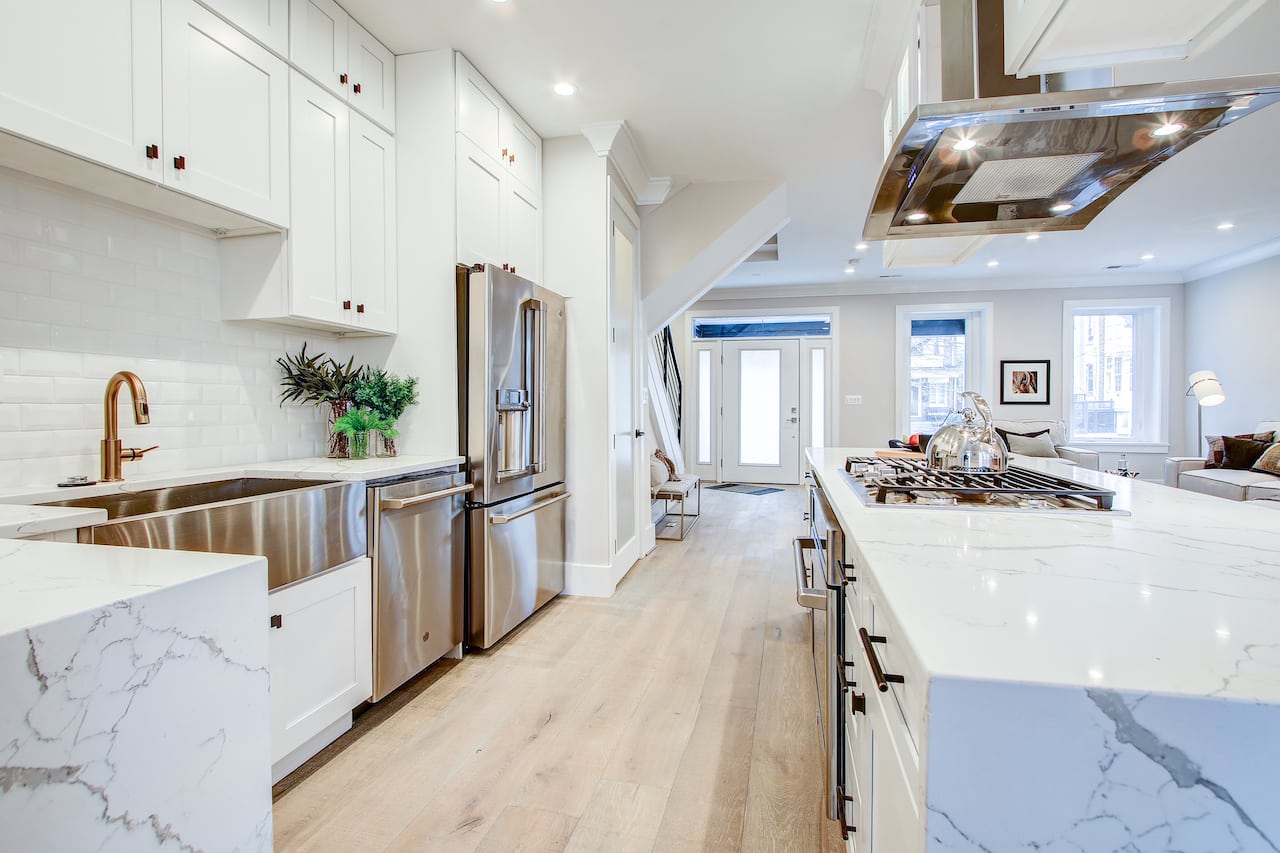

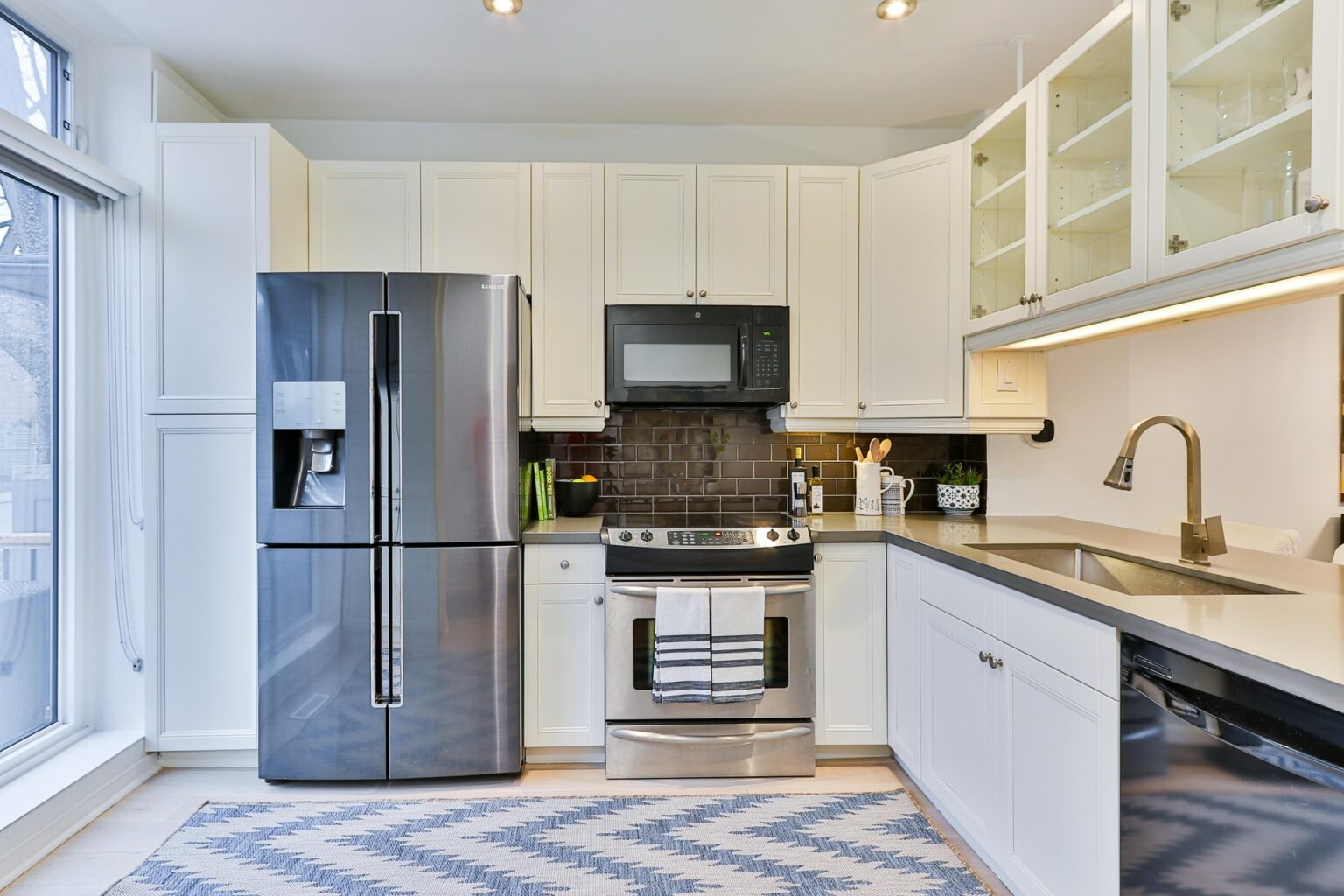

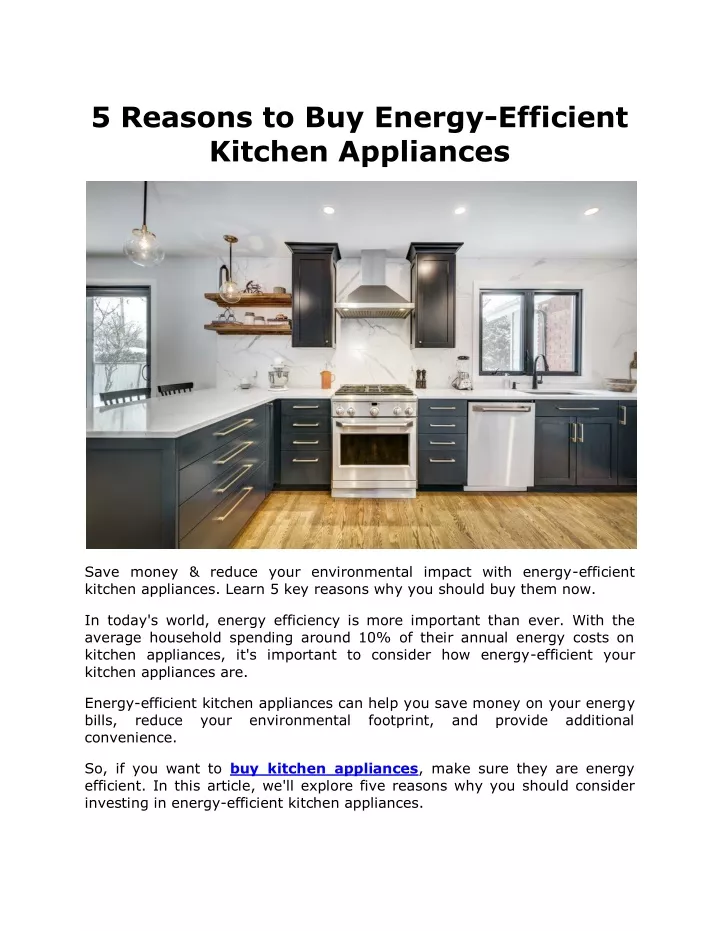


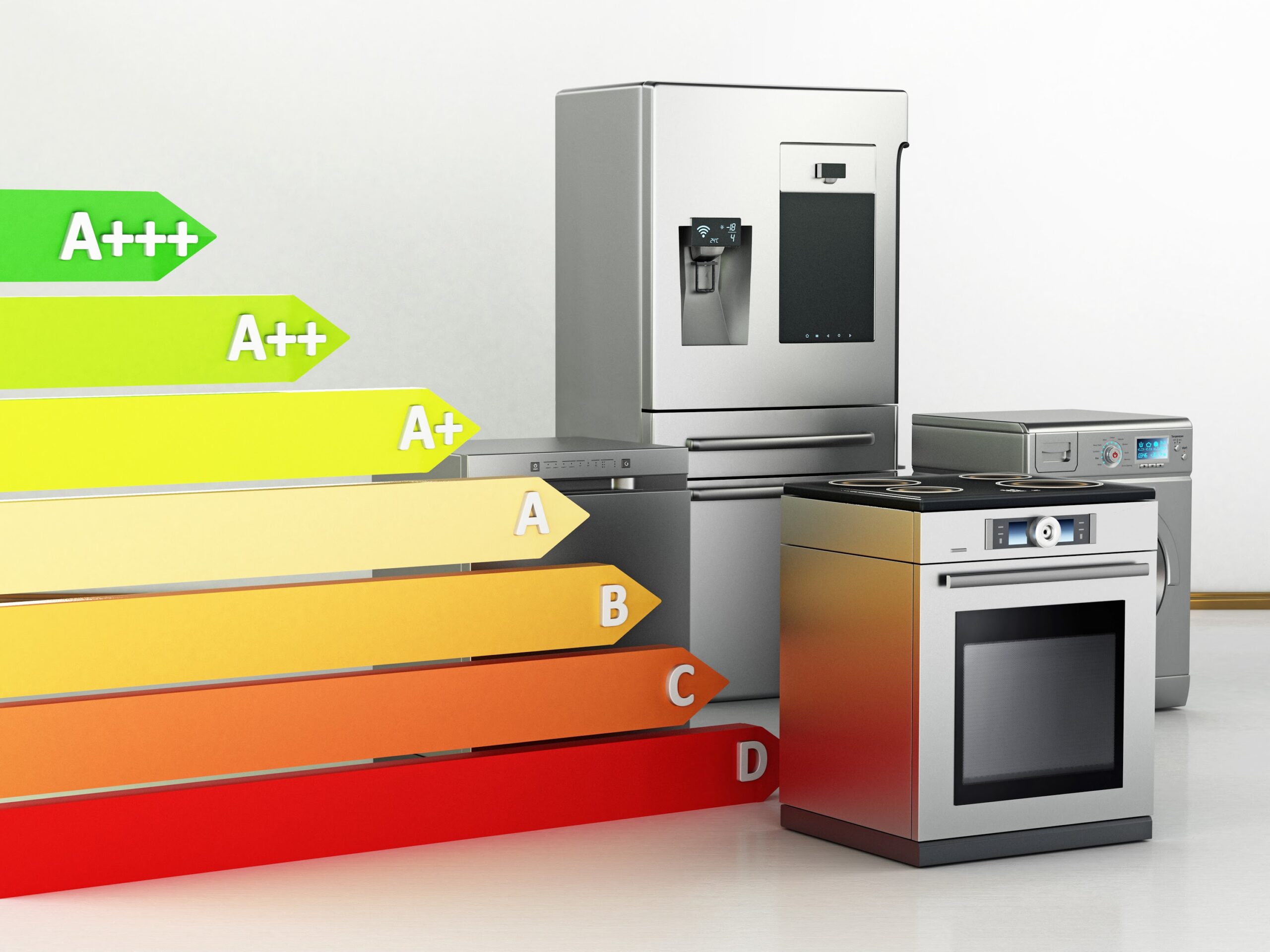
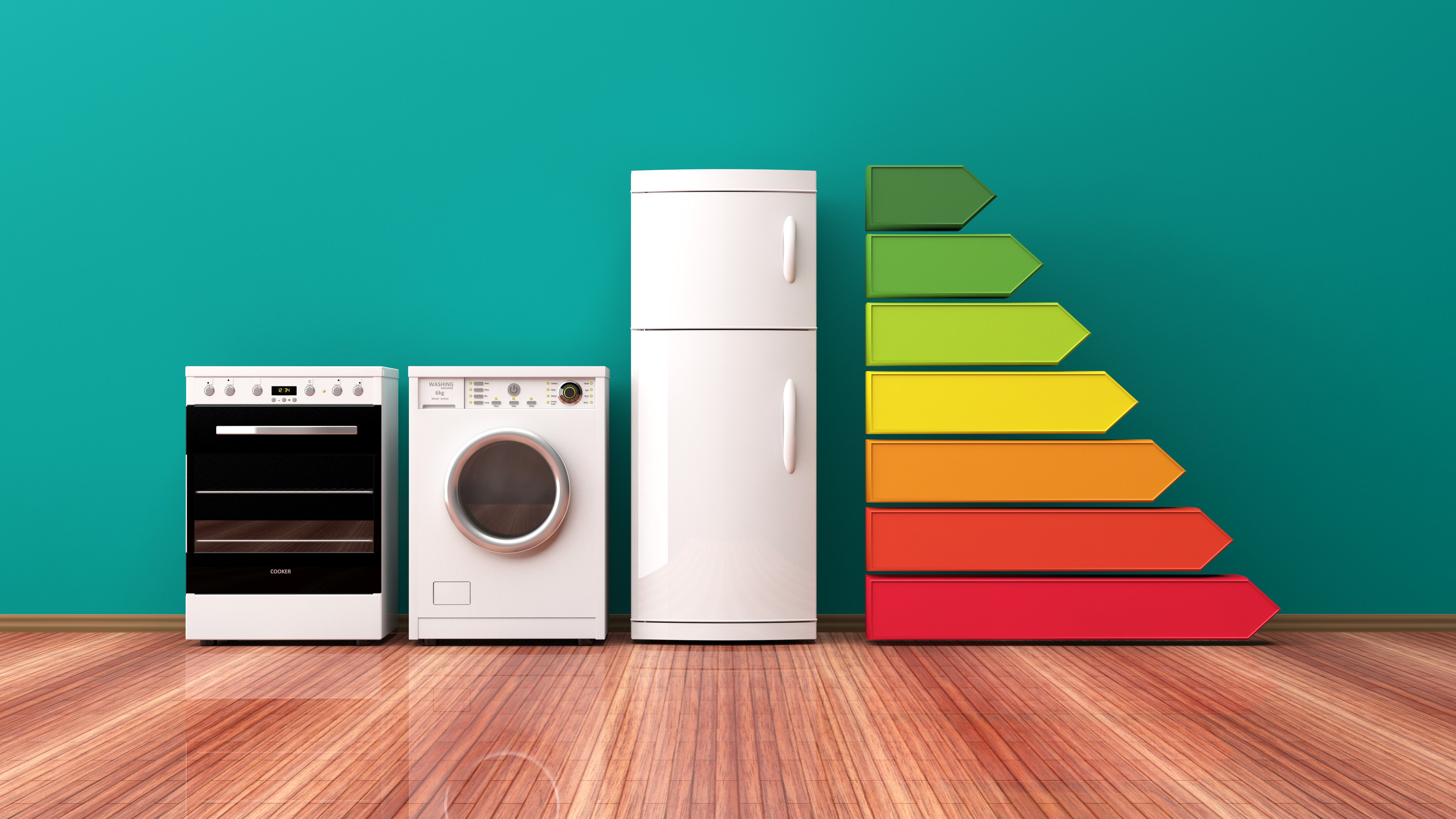
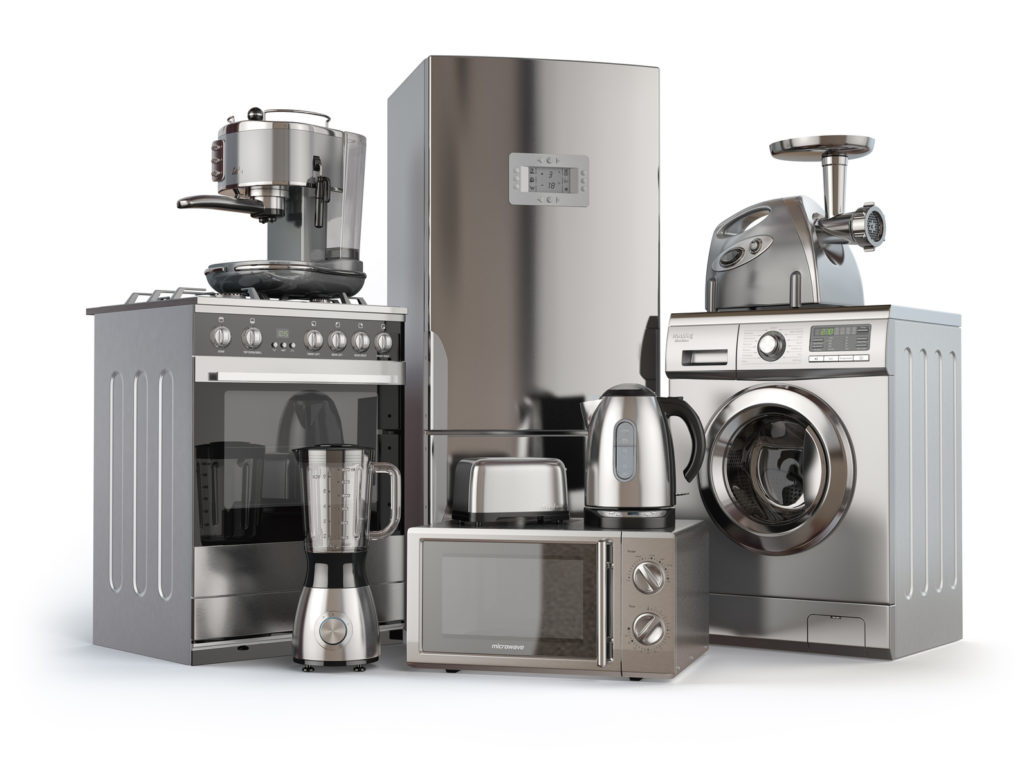
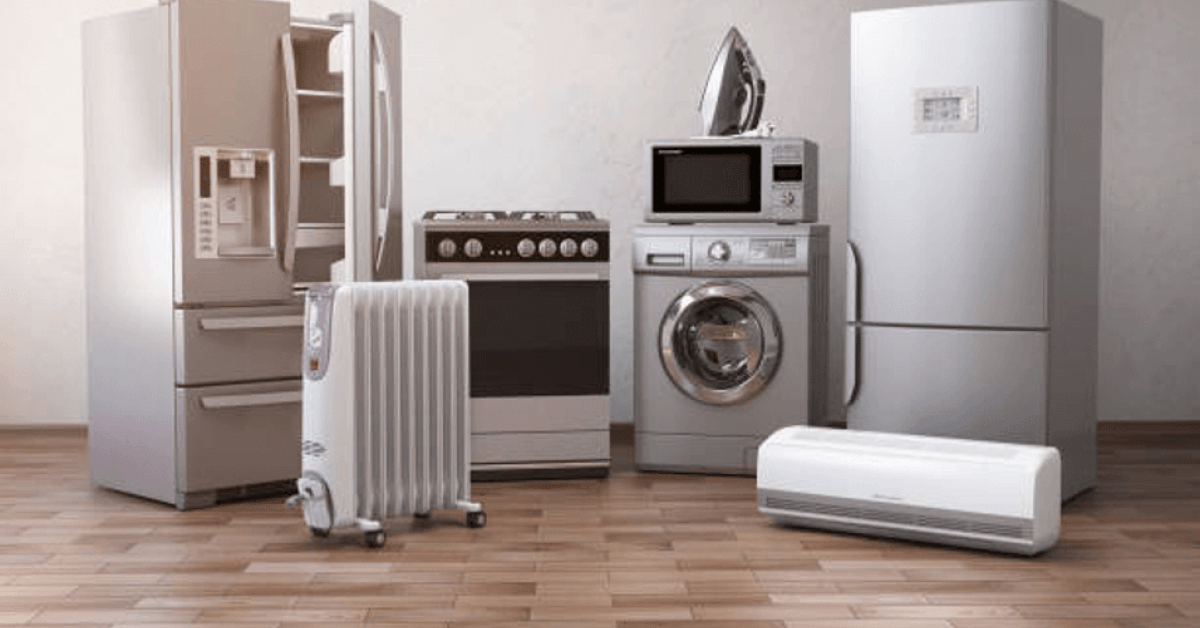

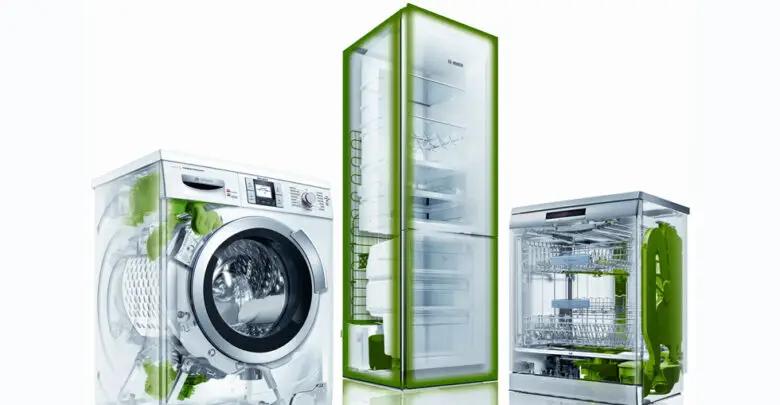
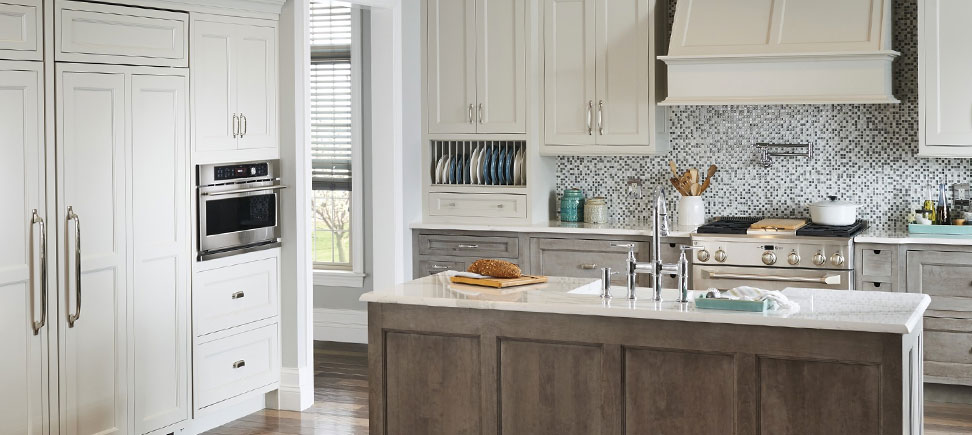

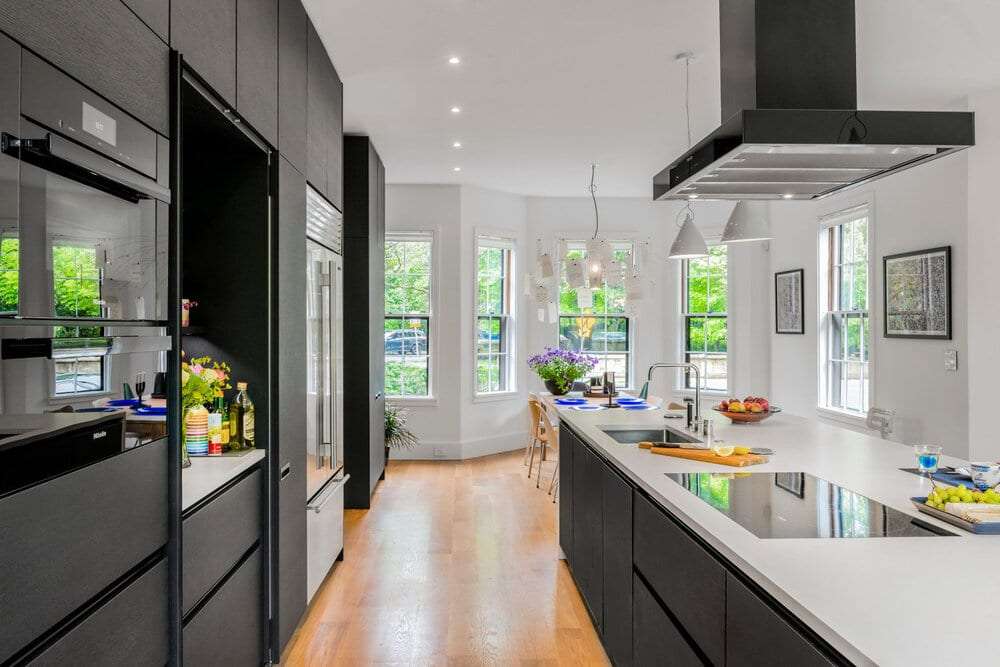
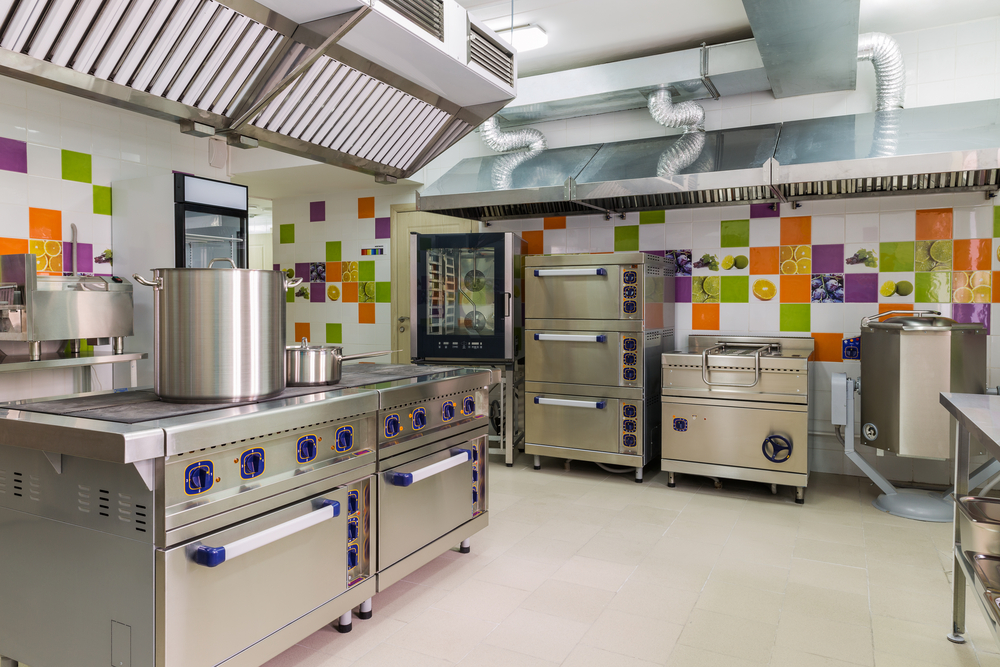

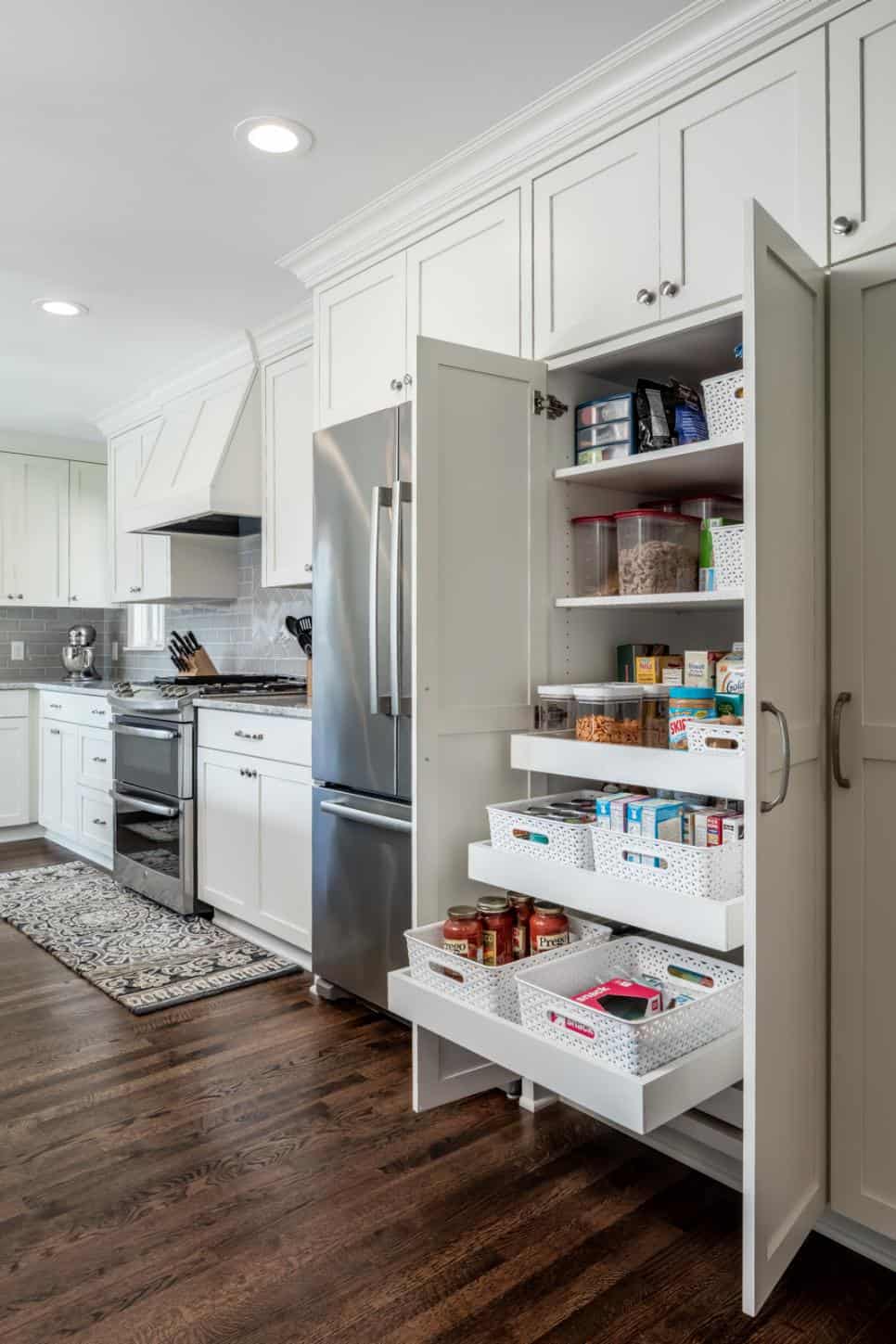

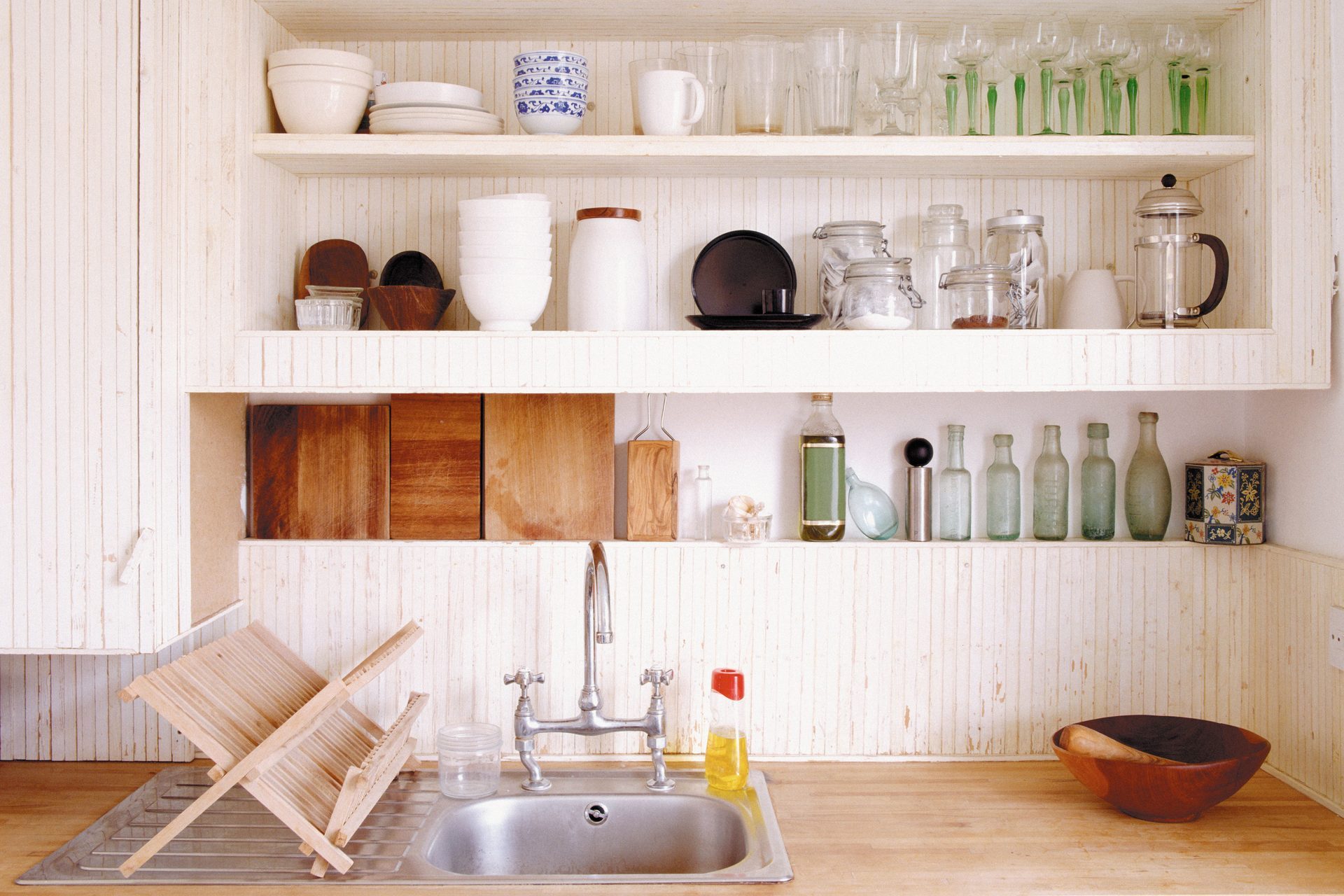
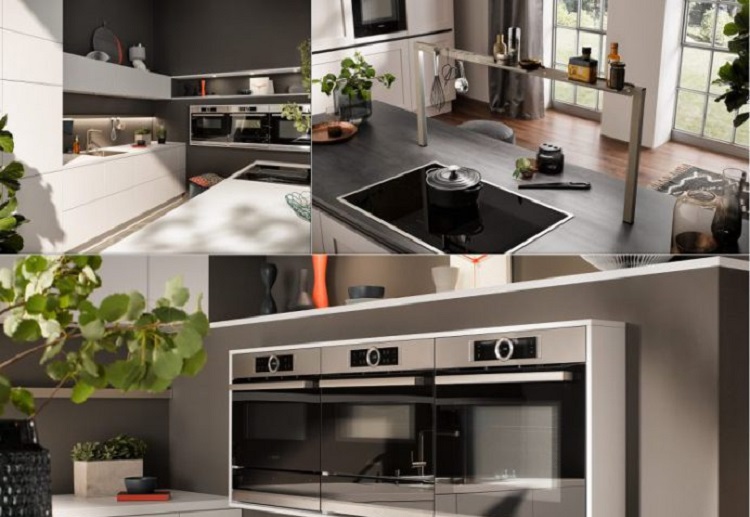

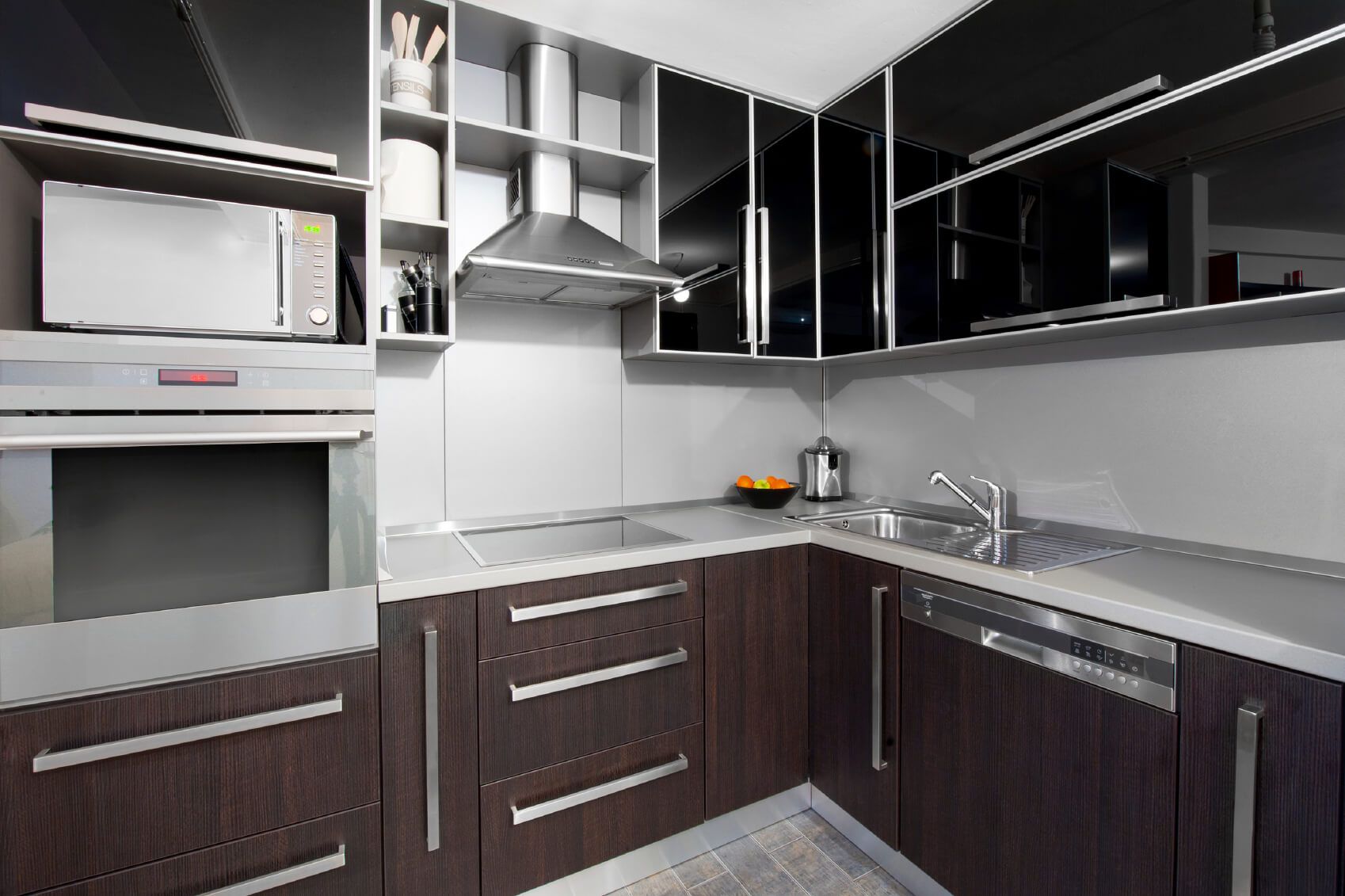

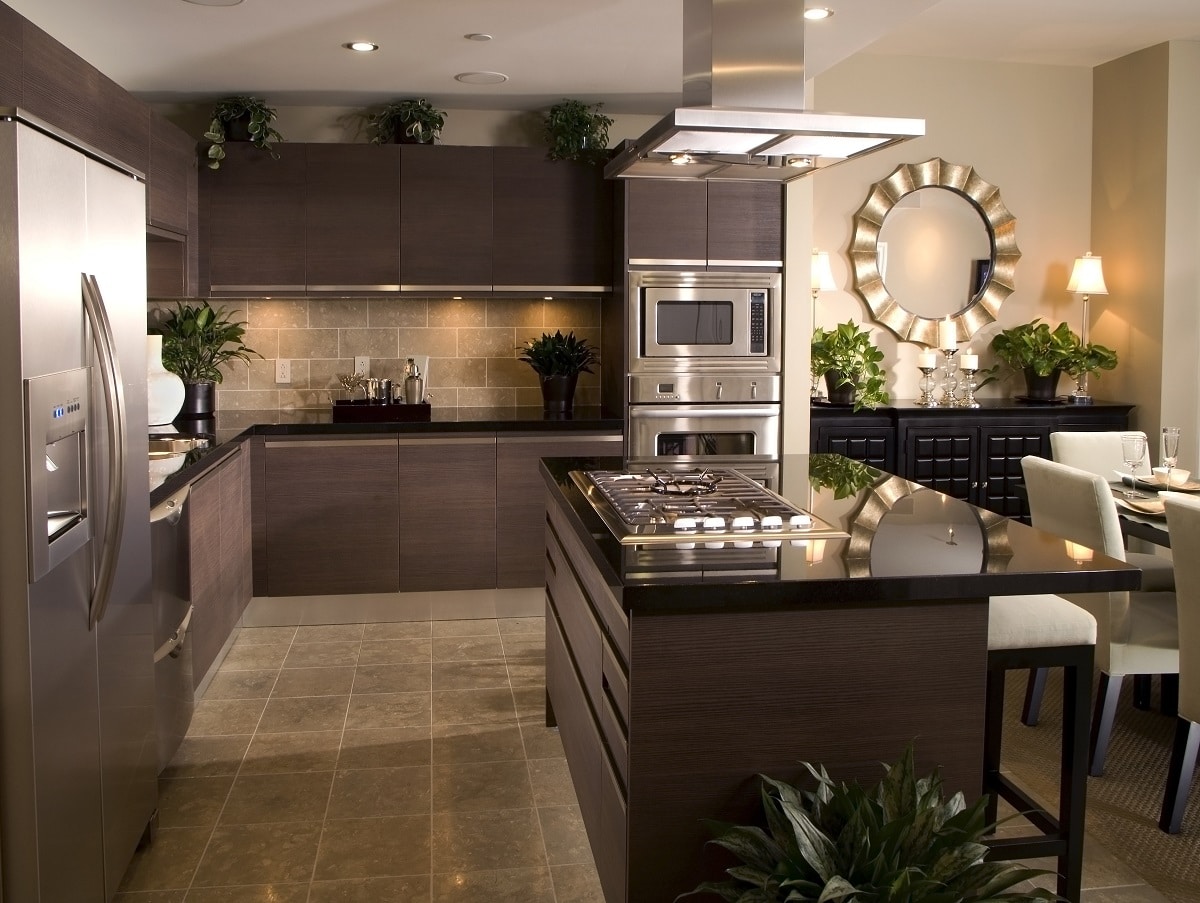





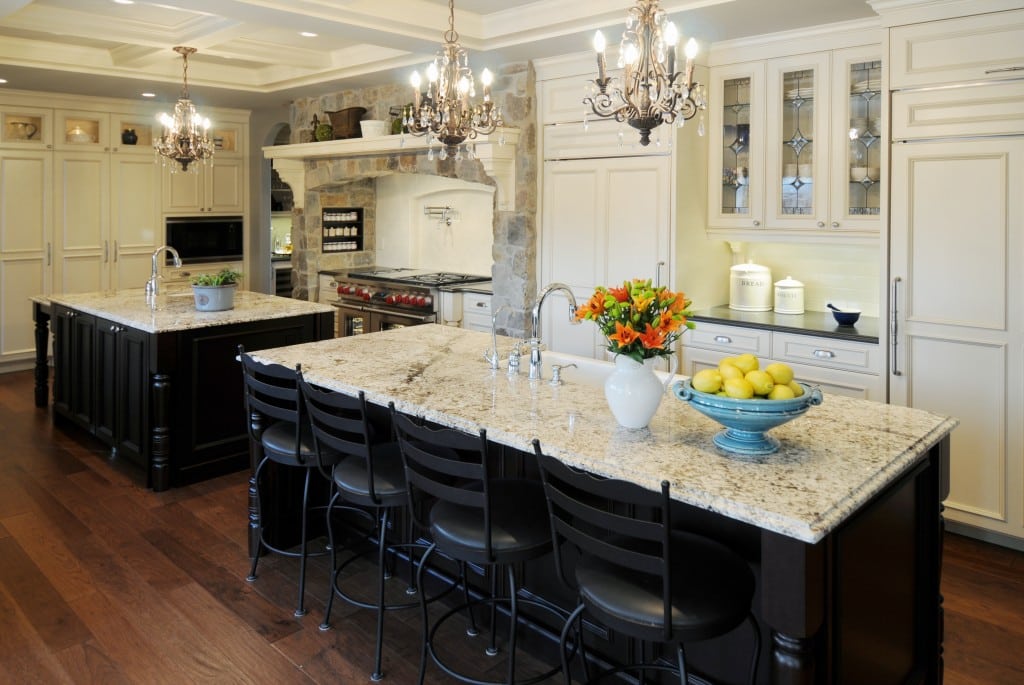
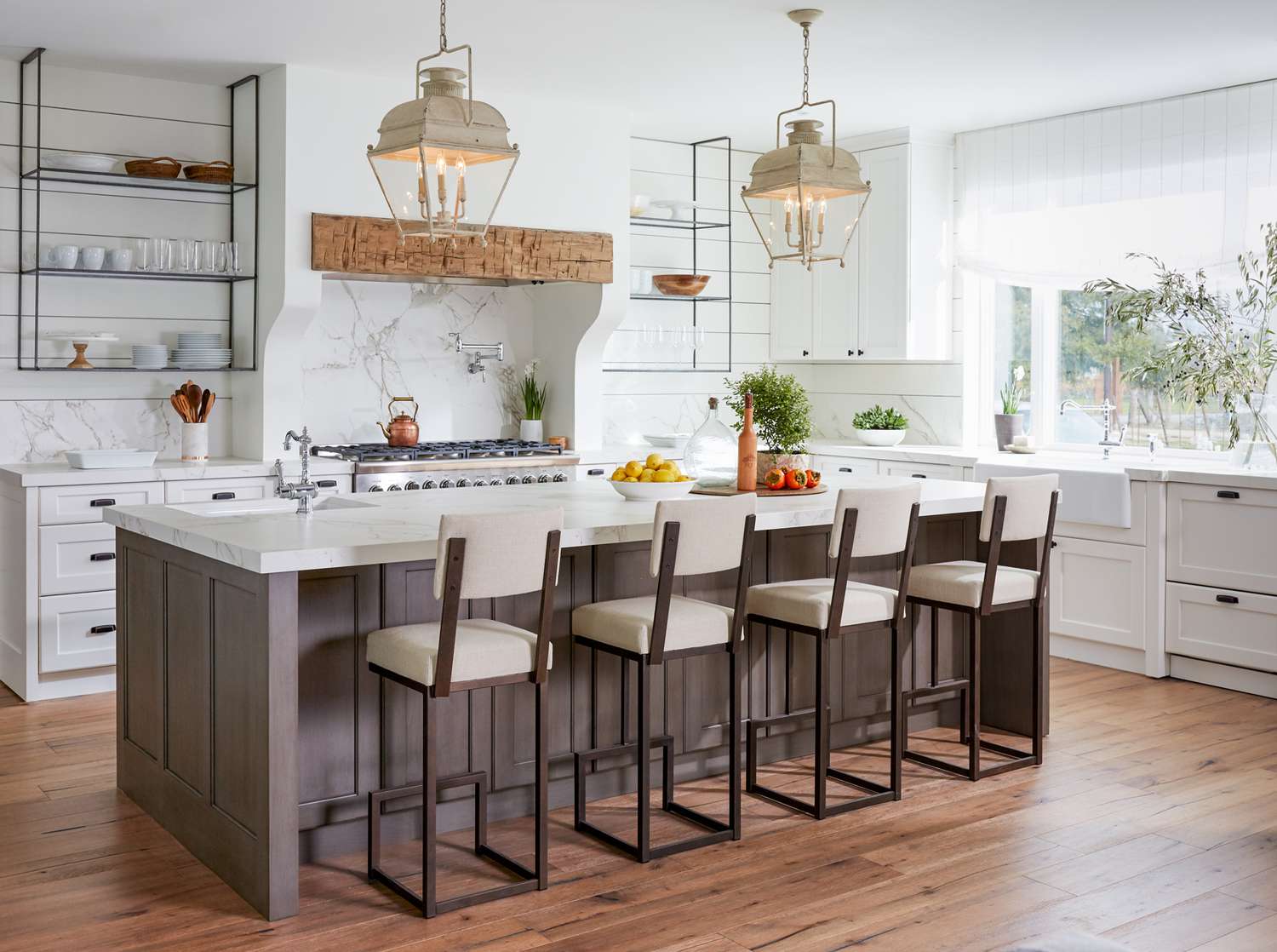

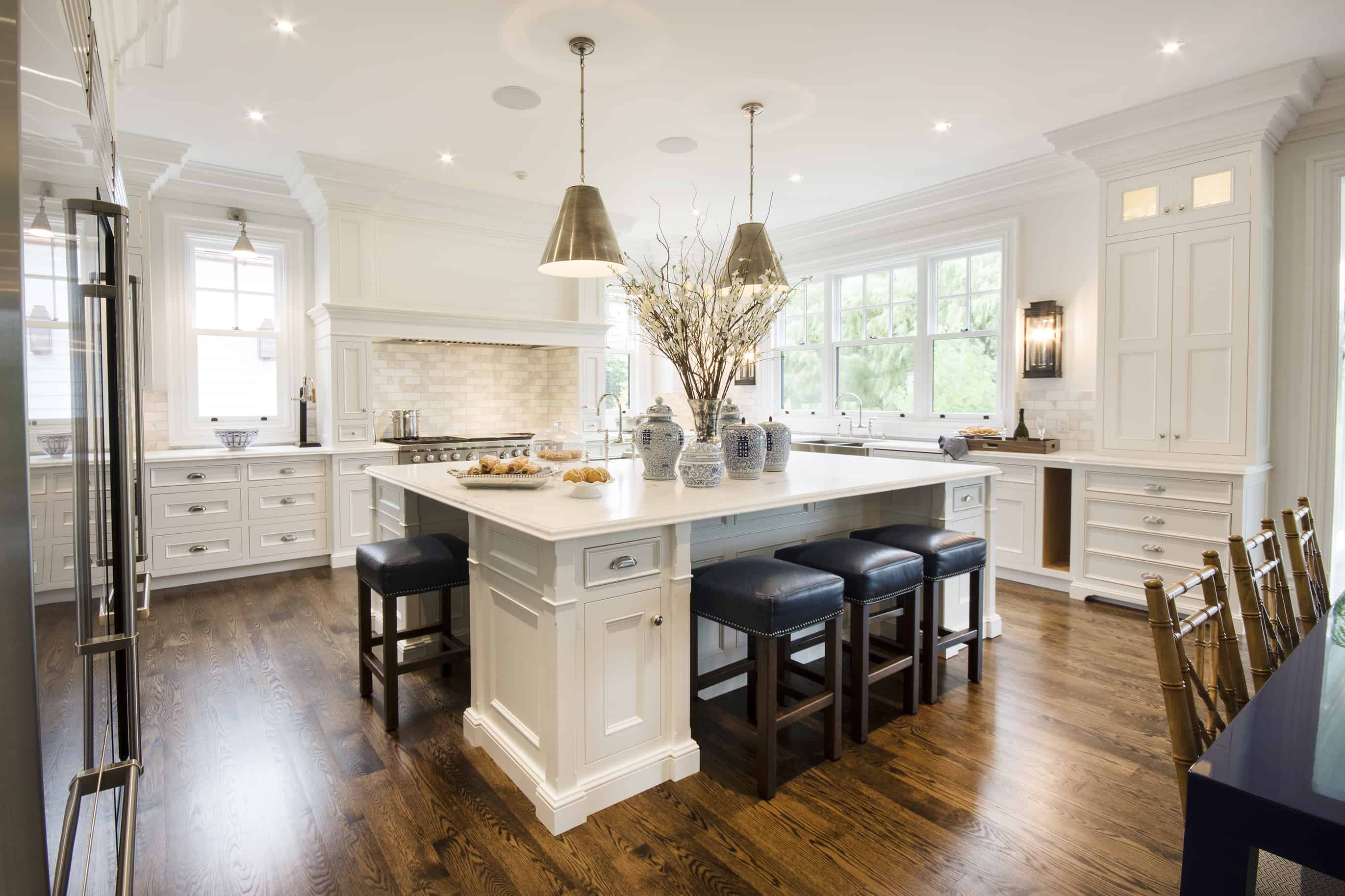
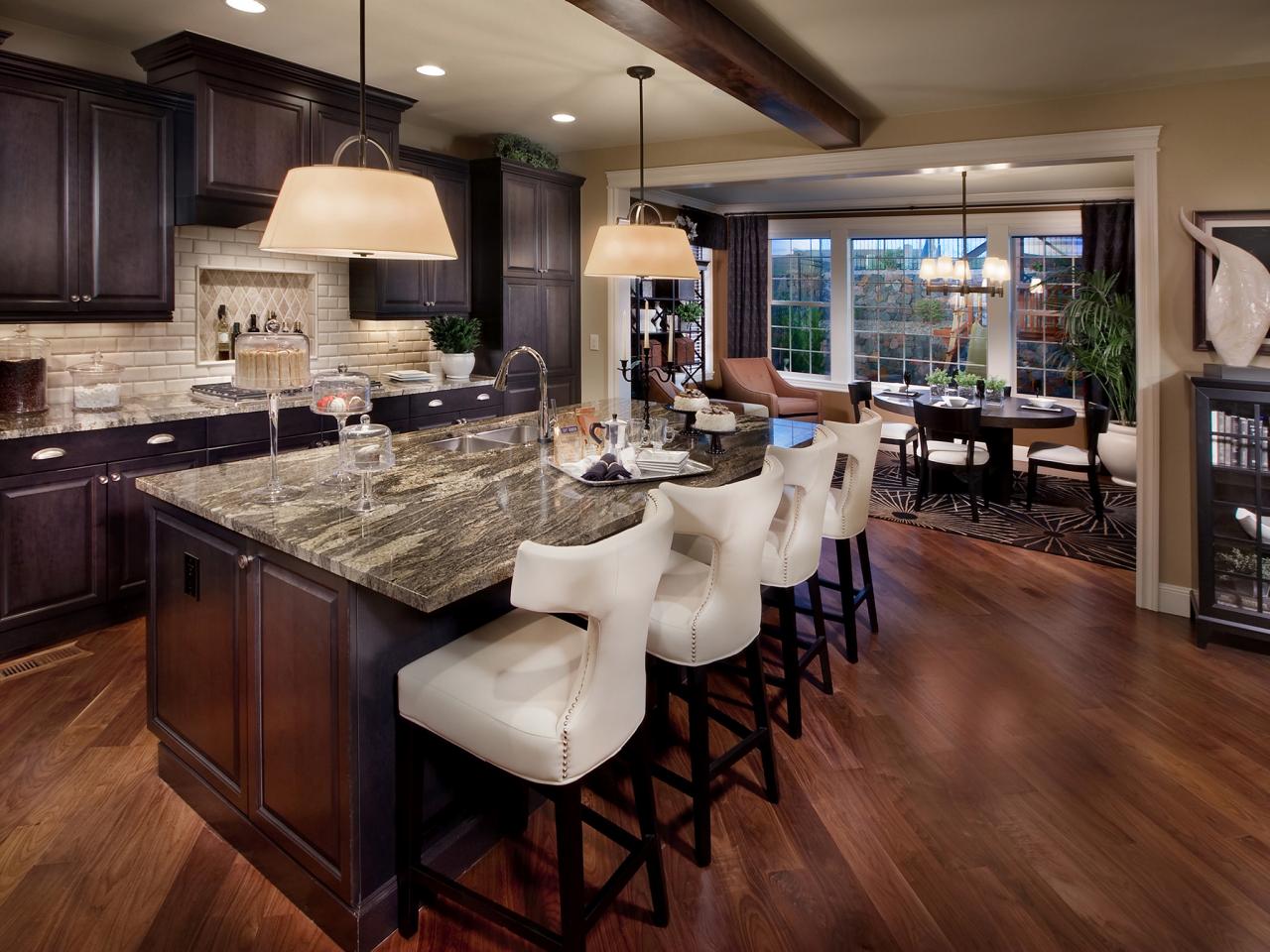
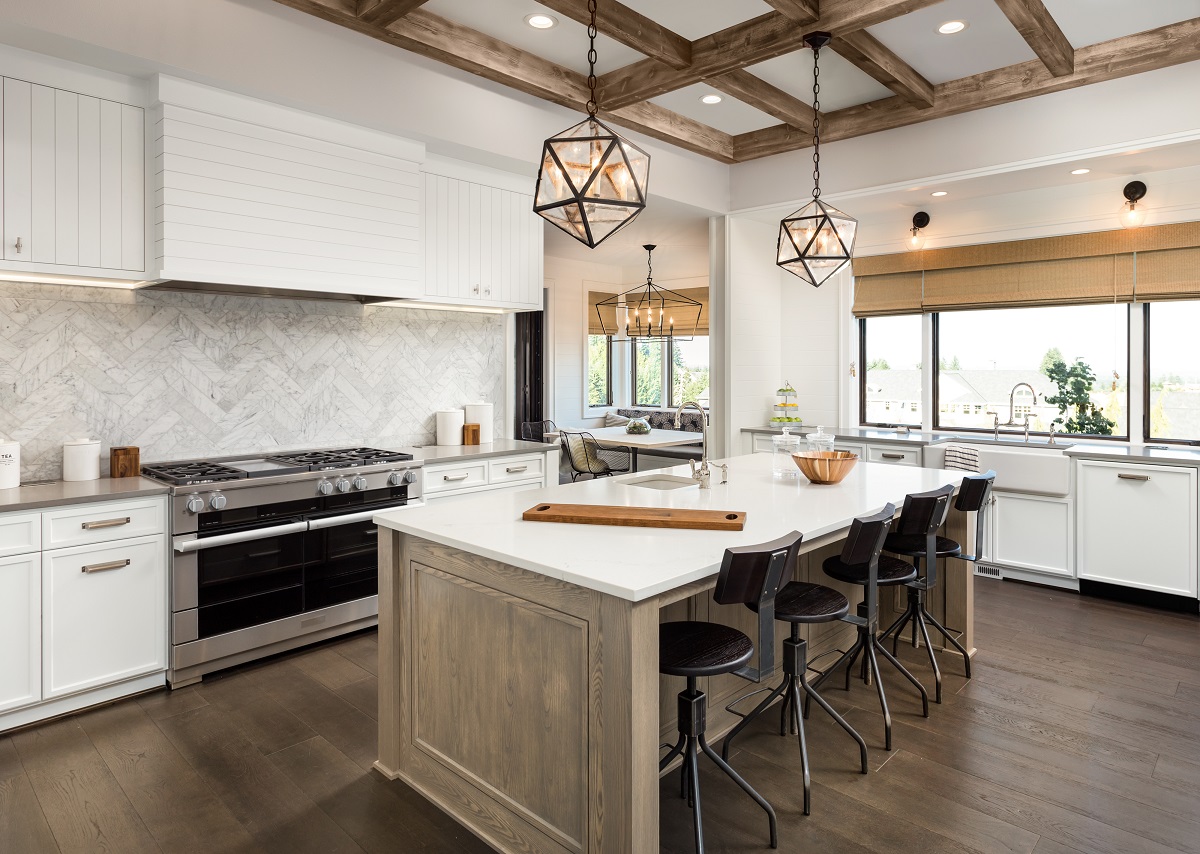



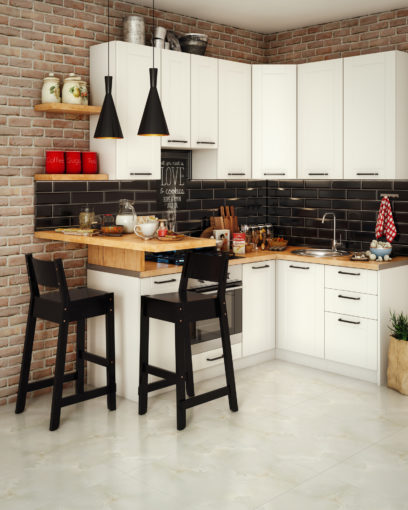

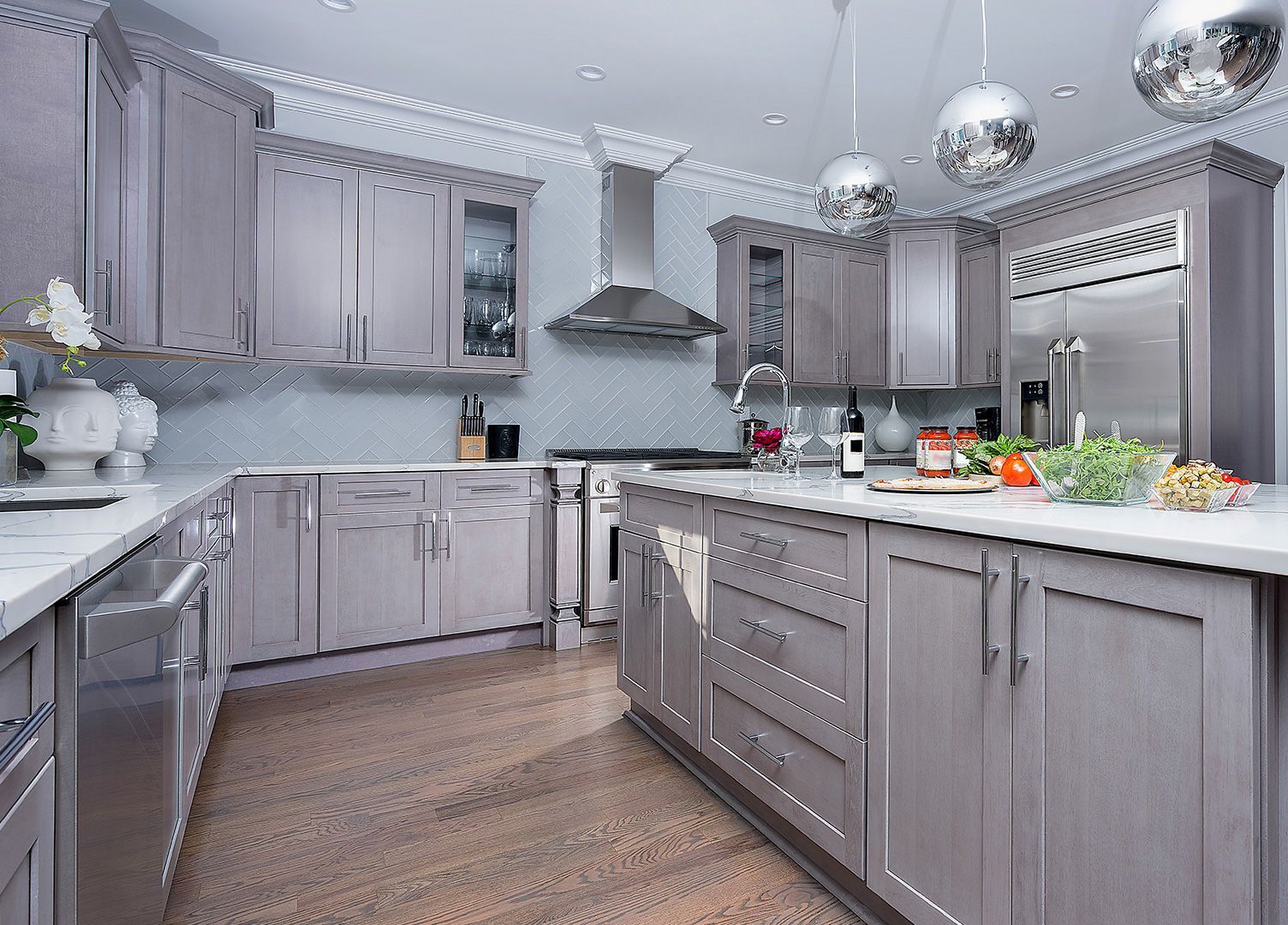

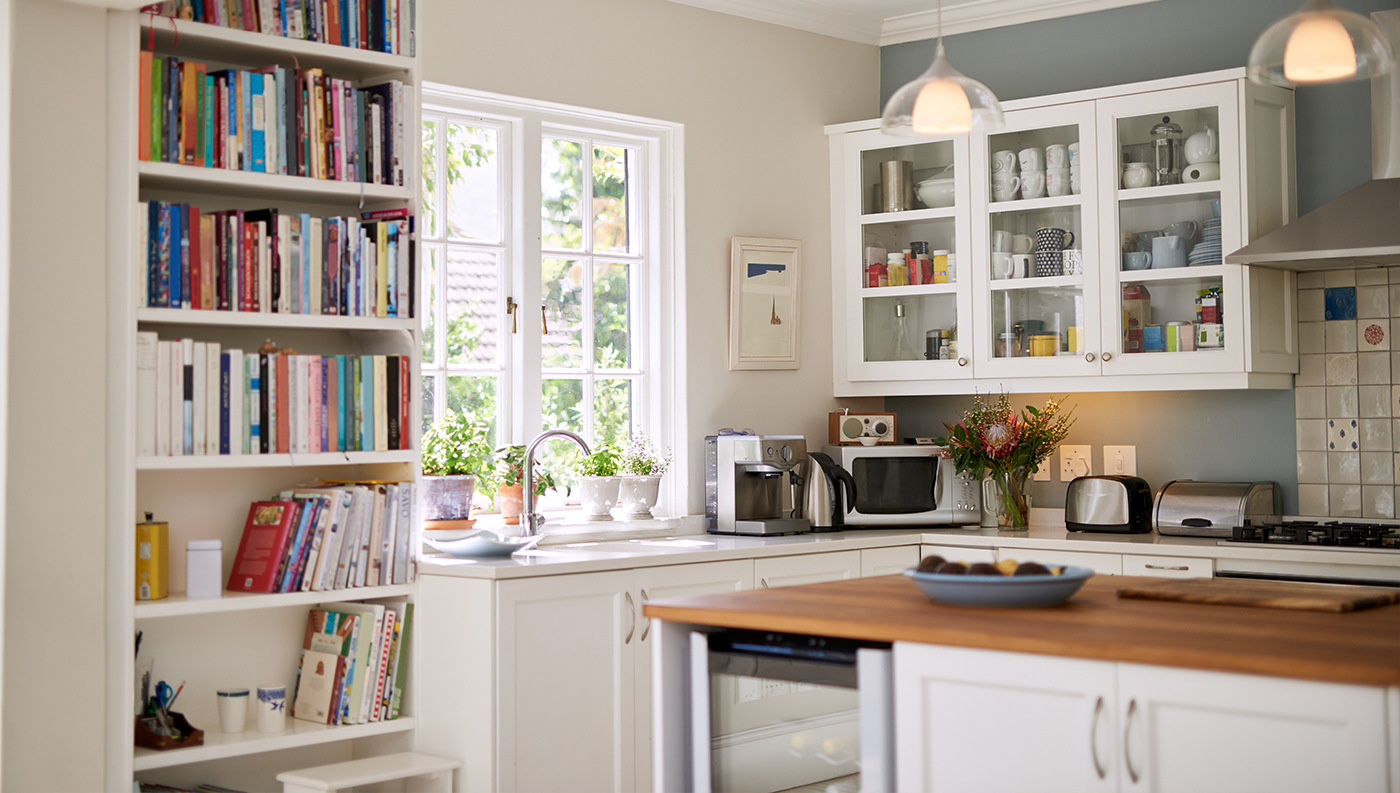

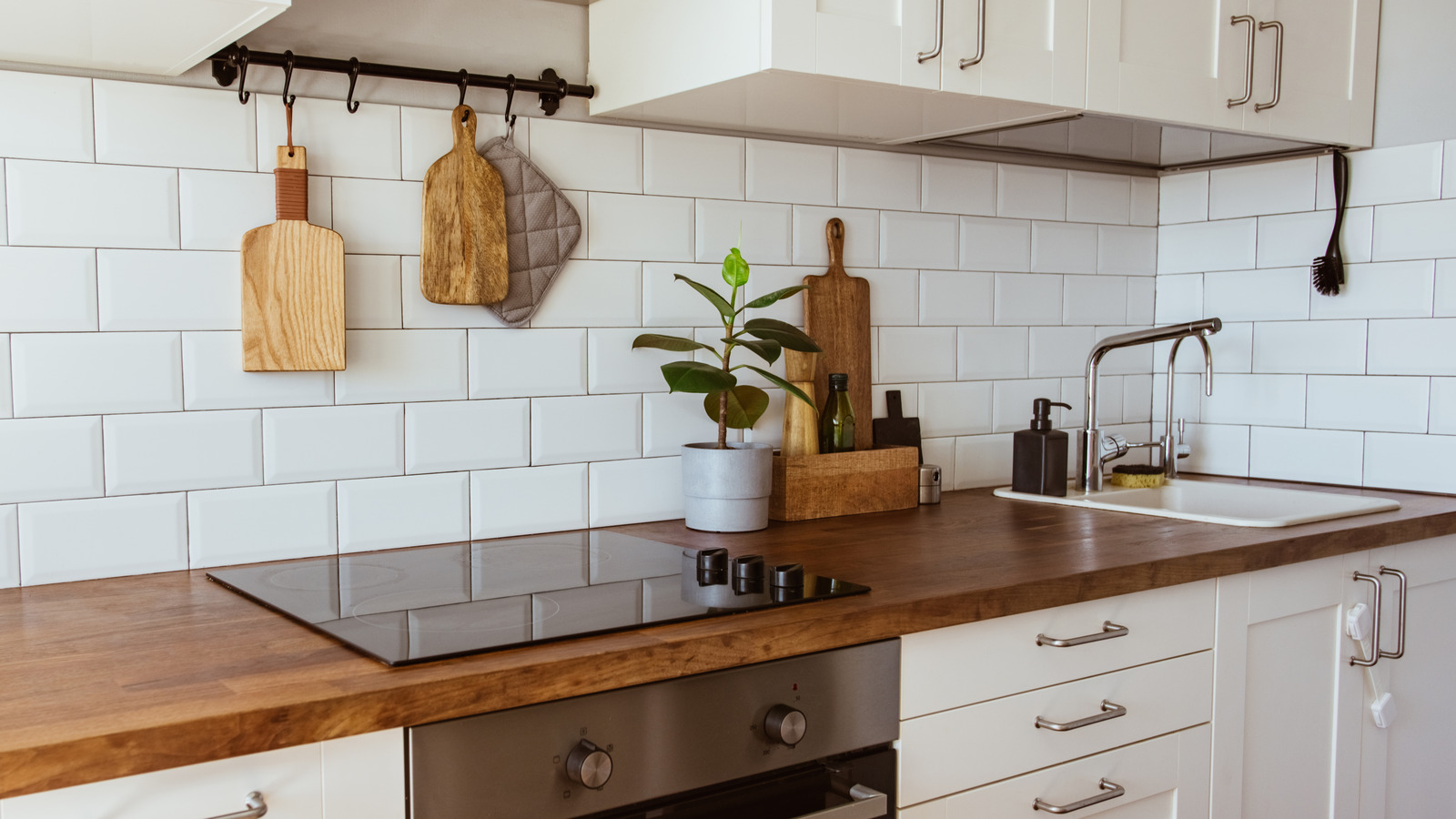

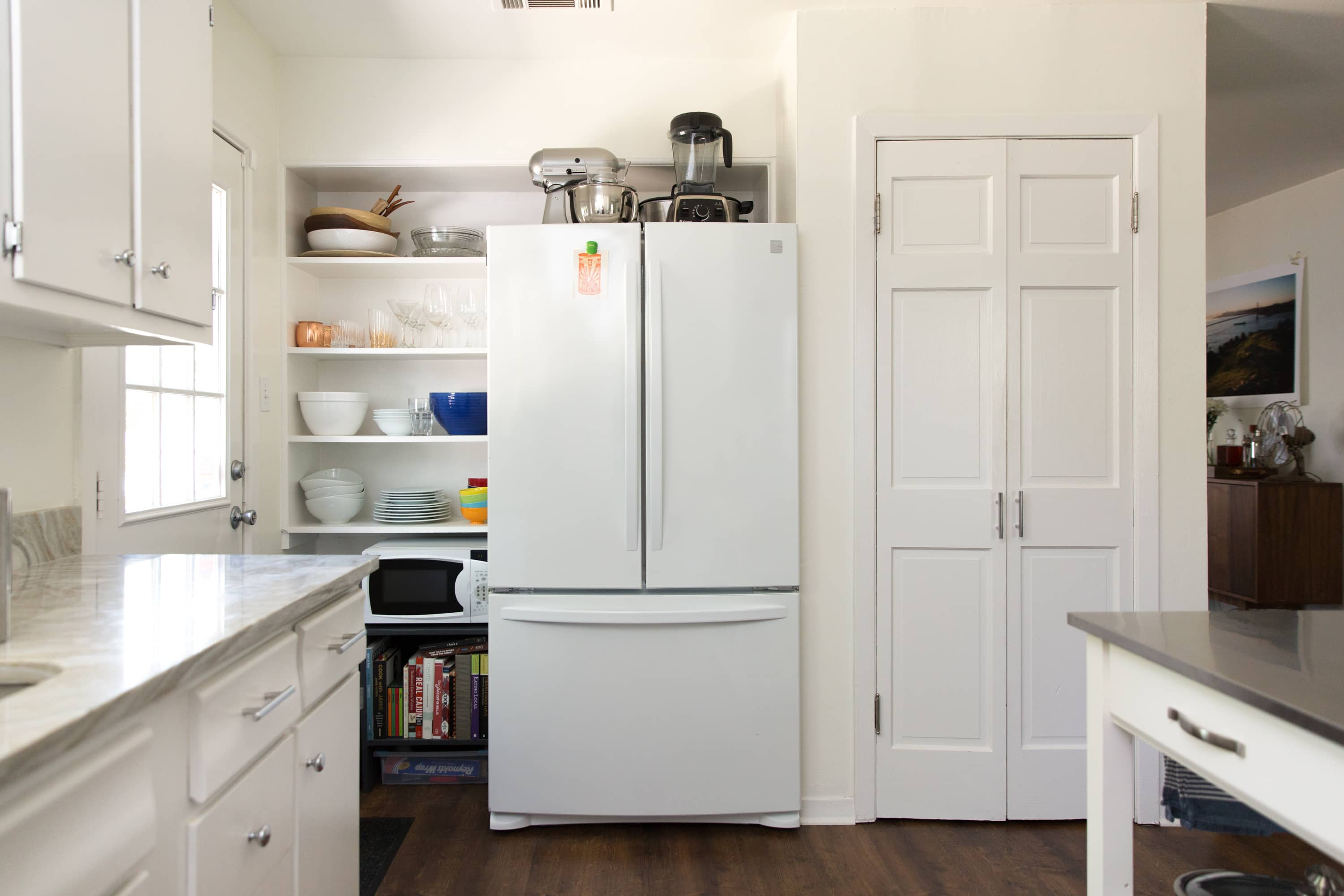




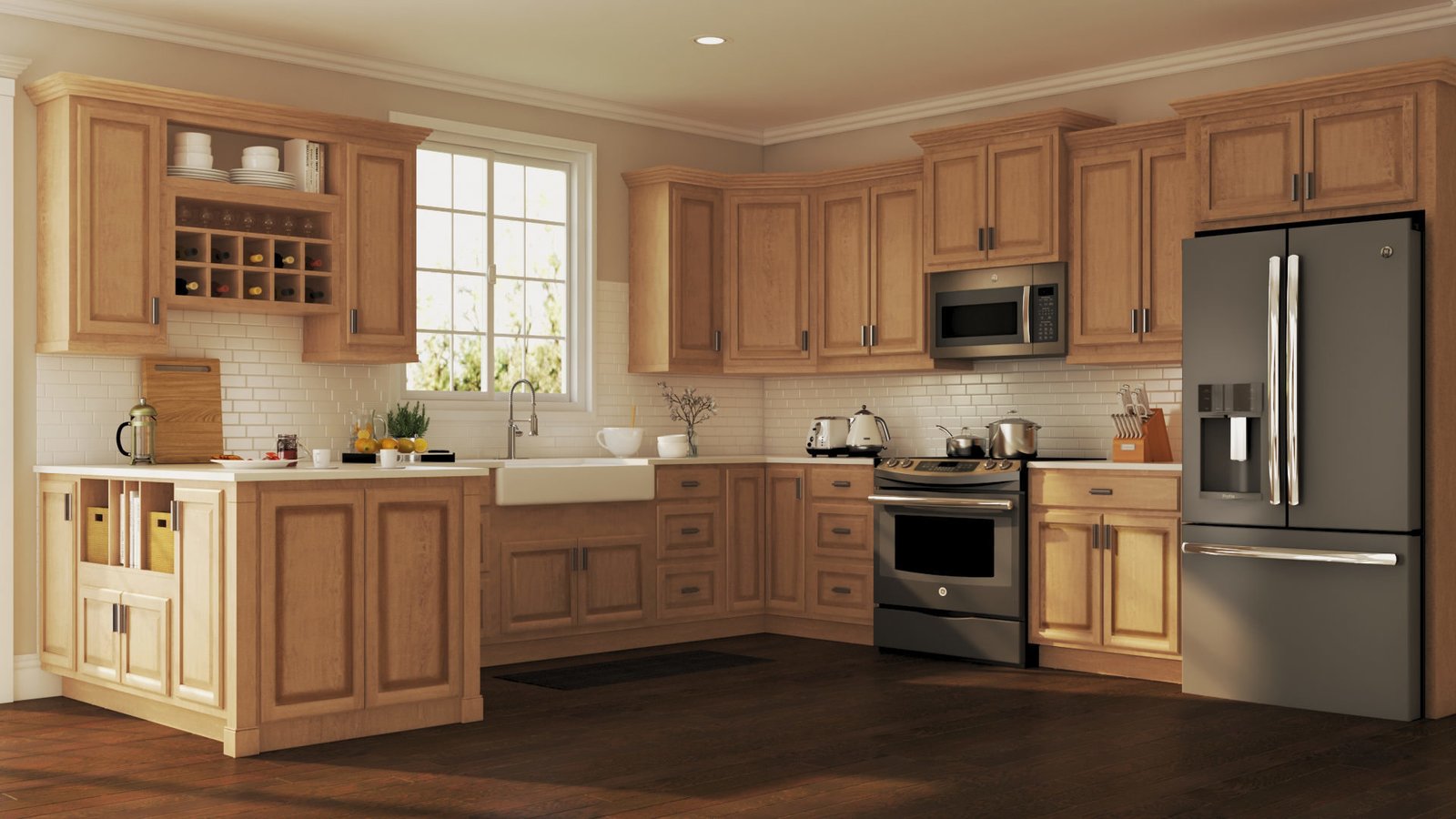
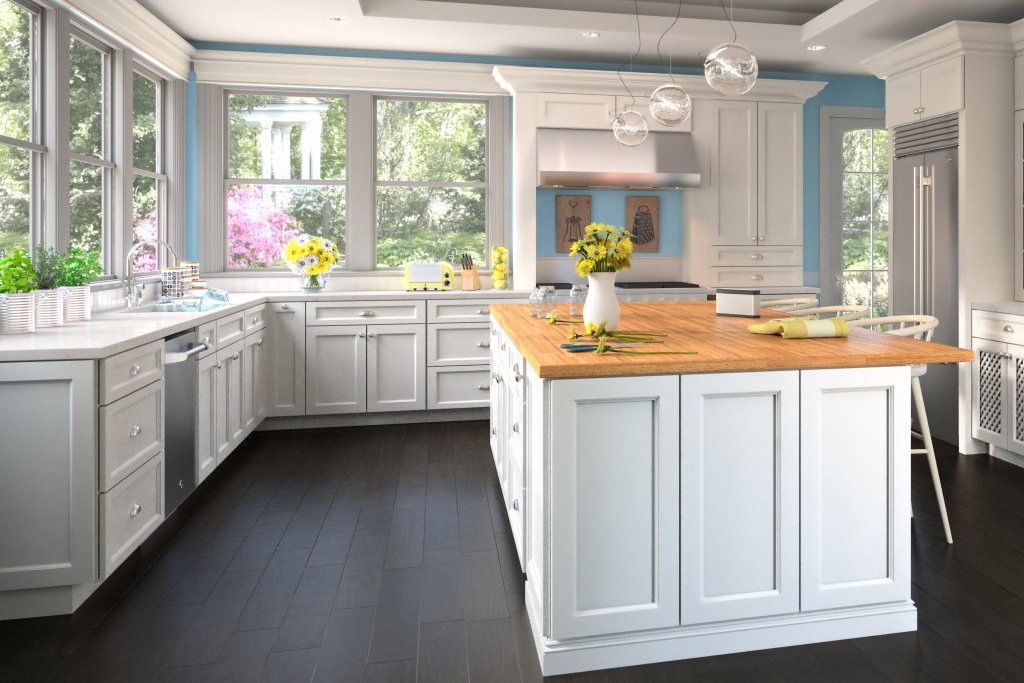

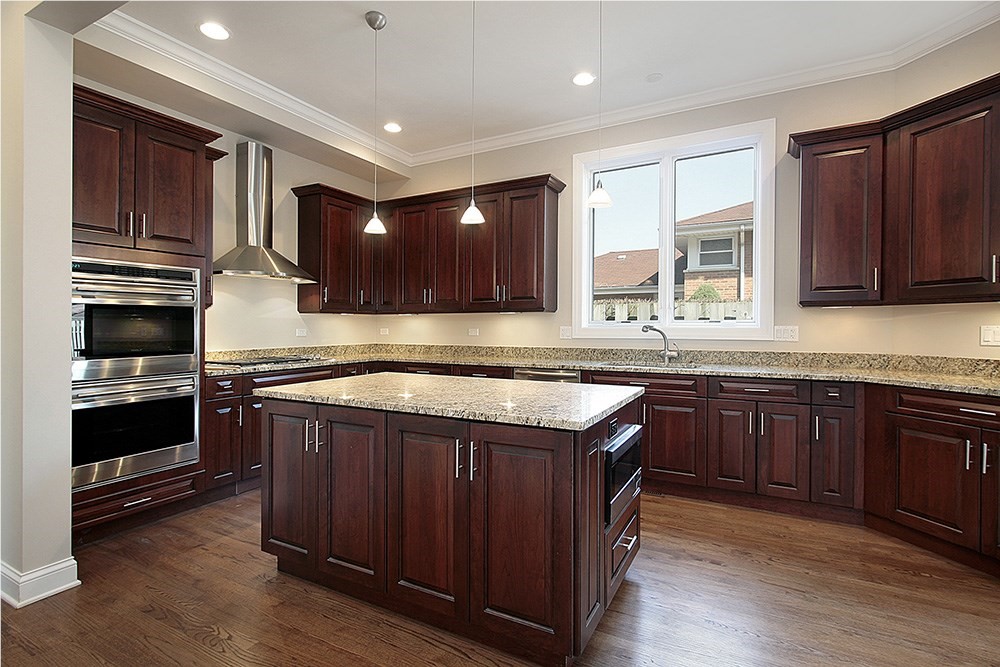




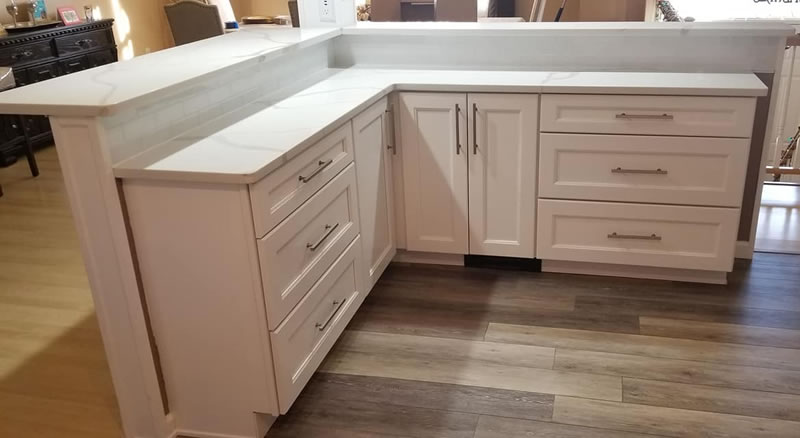


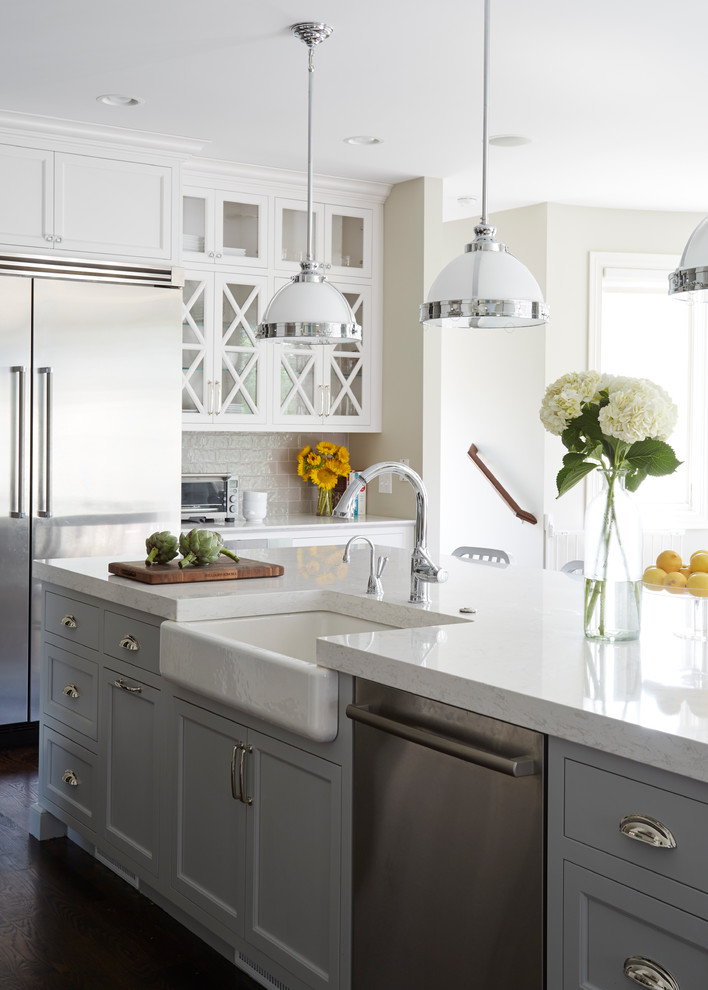
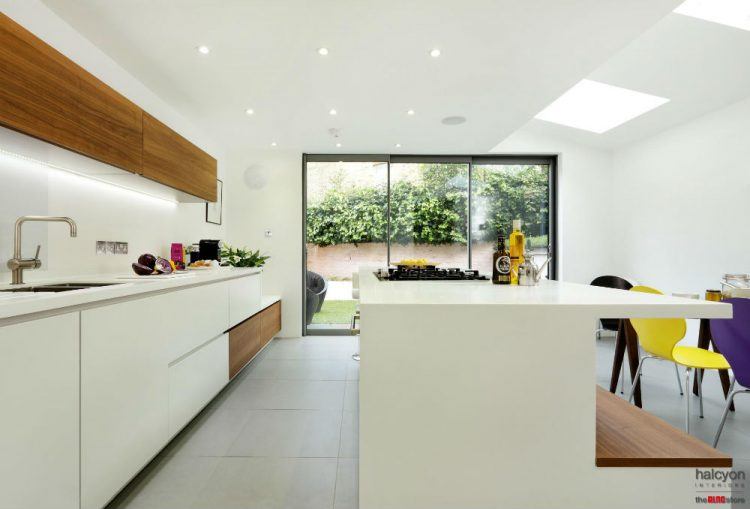
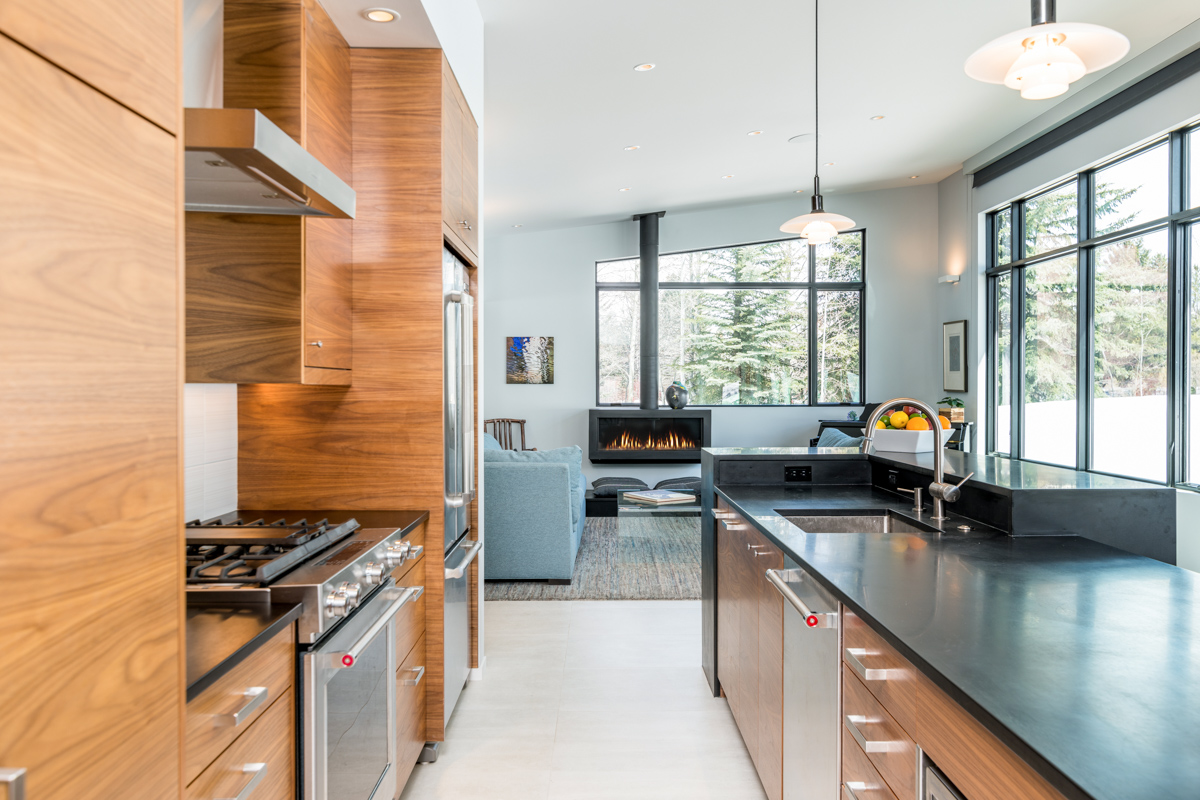





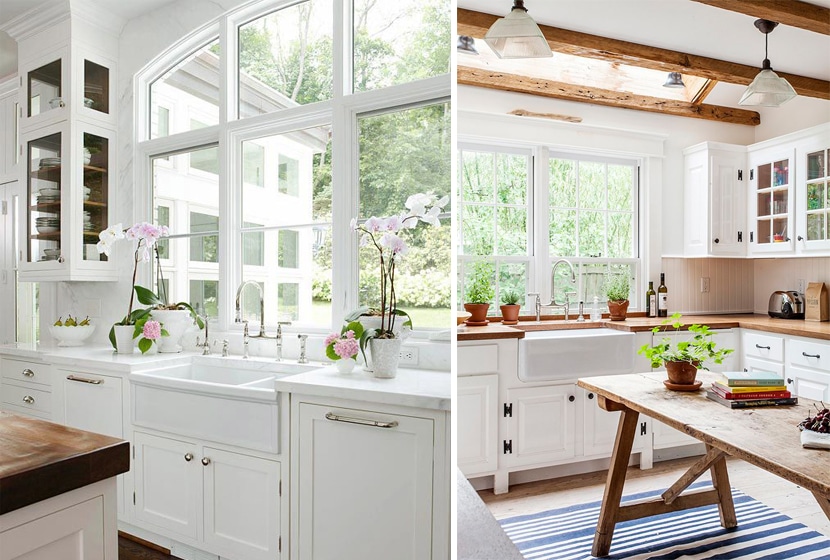
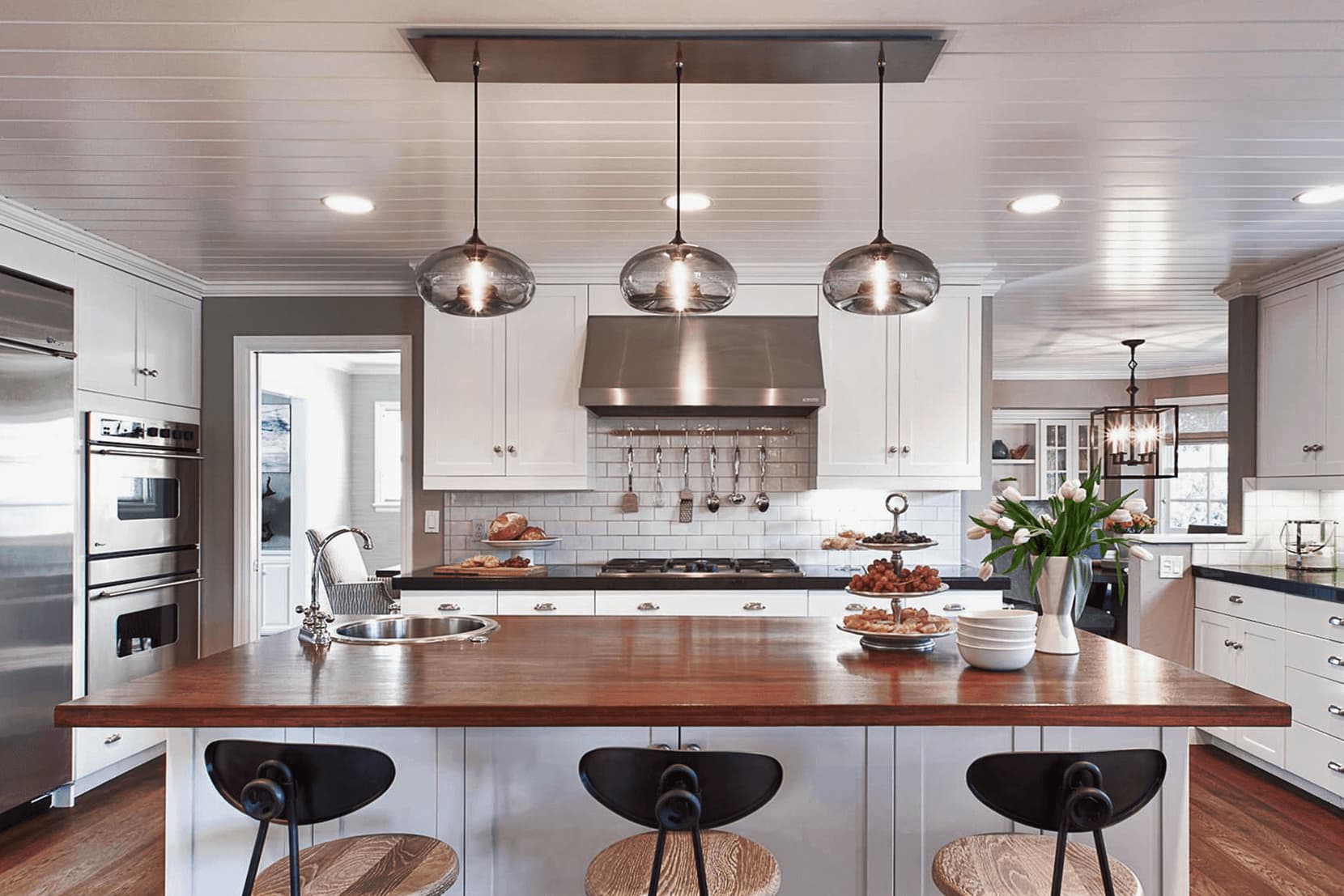



:max_bytes(150000):strip_icc()/af1be3_9fbe31d405b54fde80f5c026adc9e123mv2-f41307e7402d47ddb1cf854fee6d9a0d.jpg)

